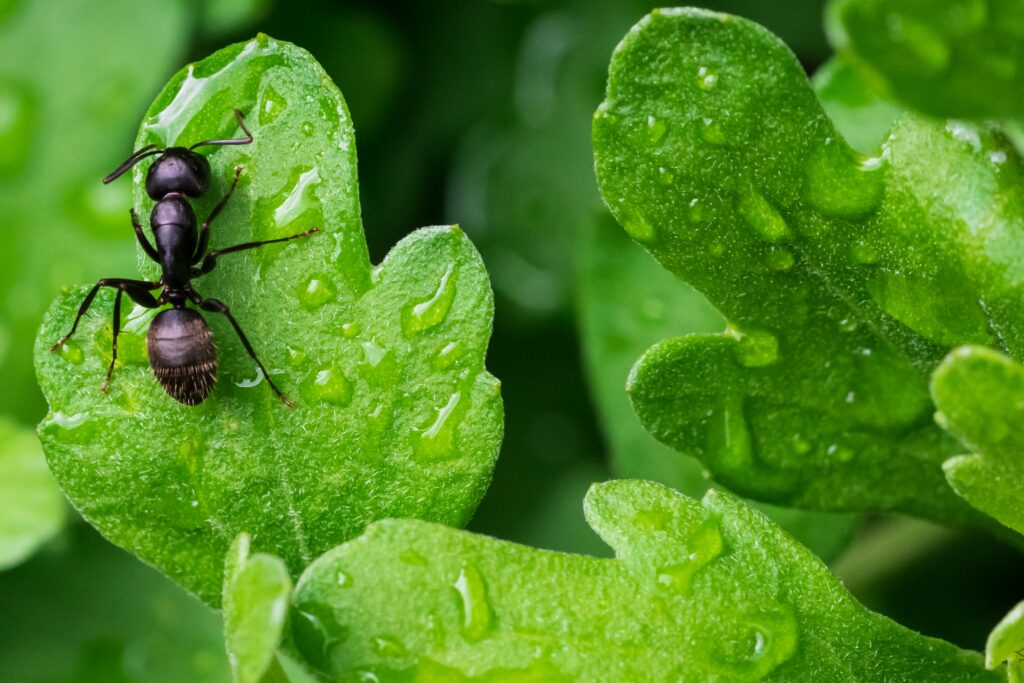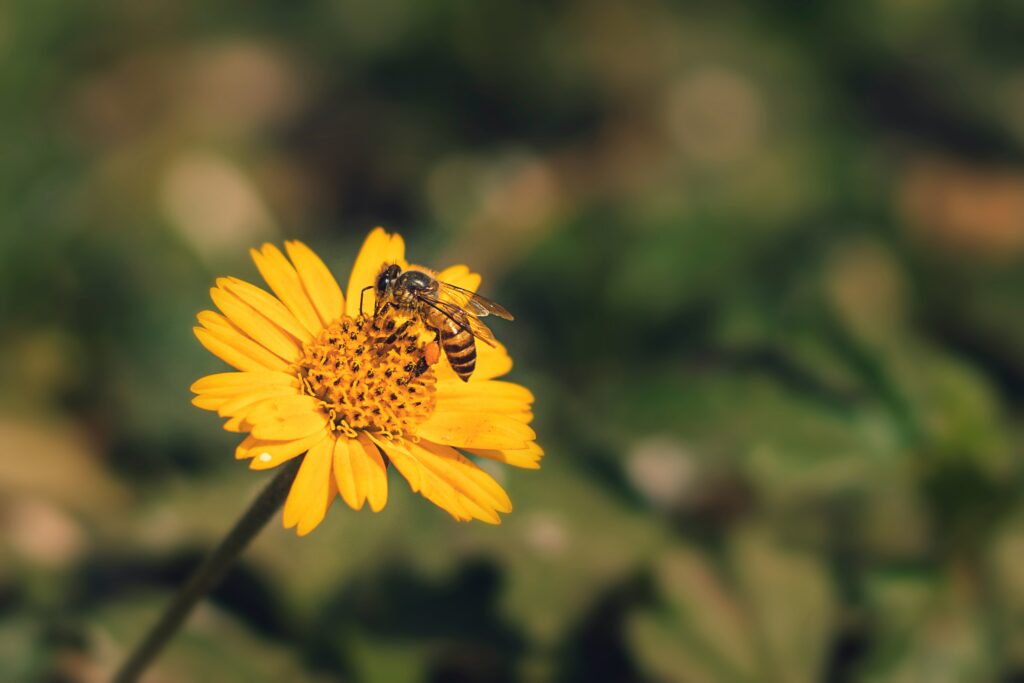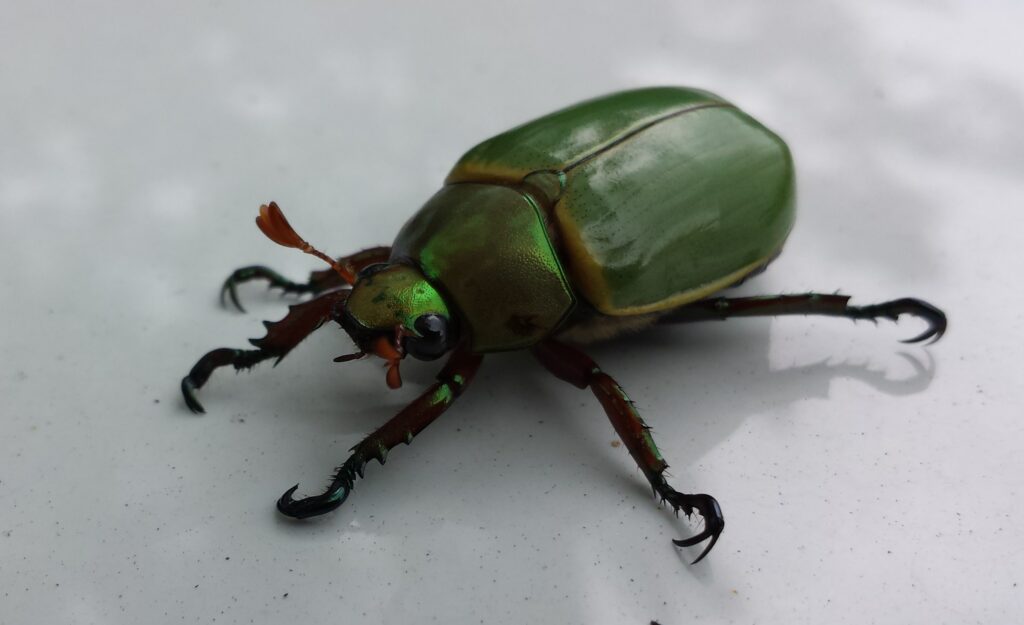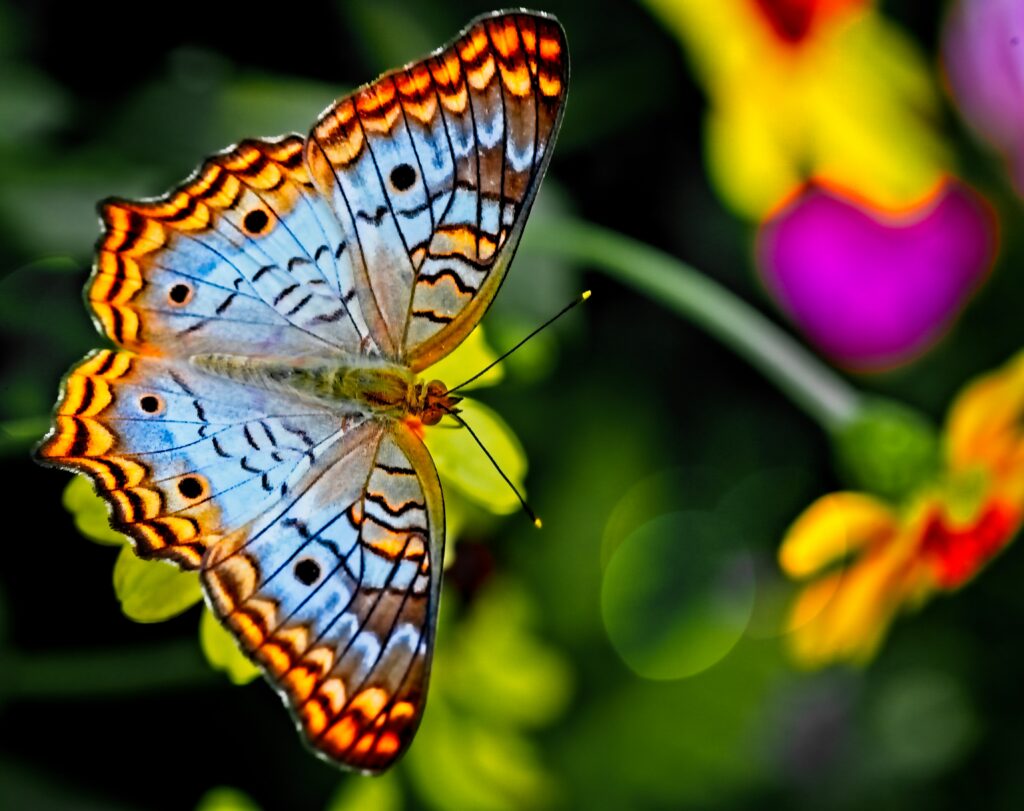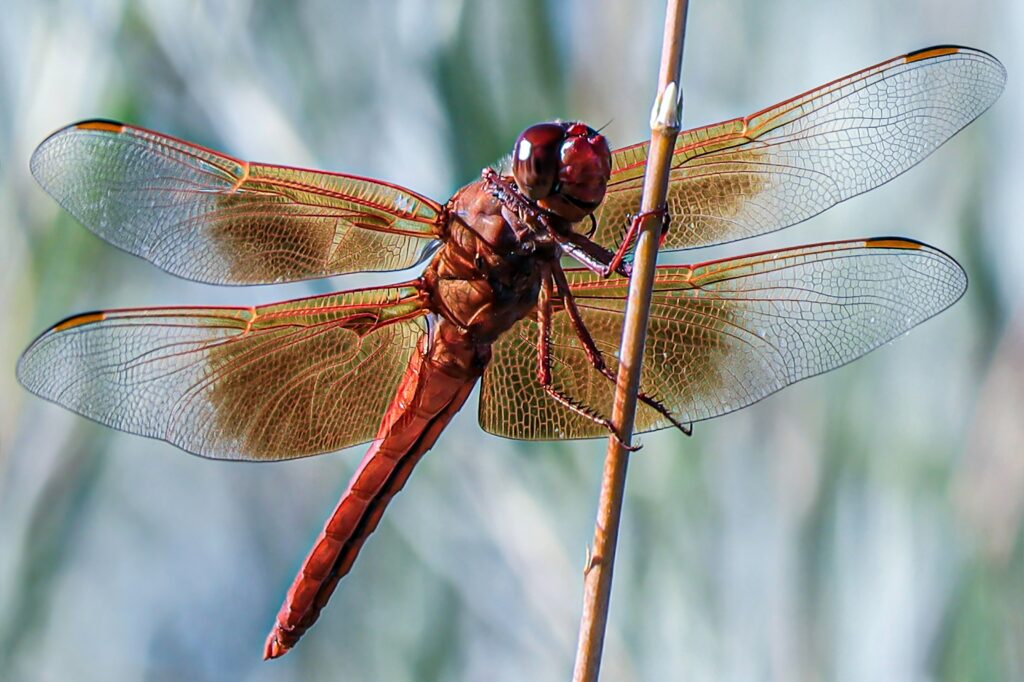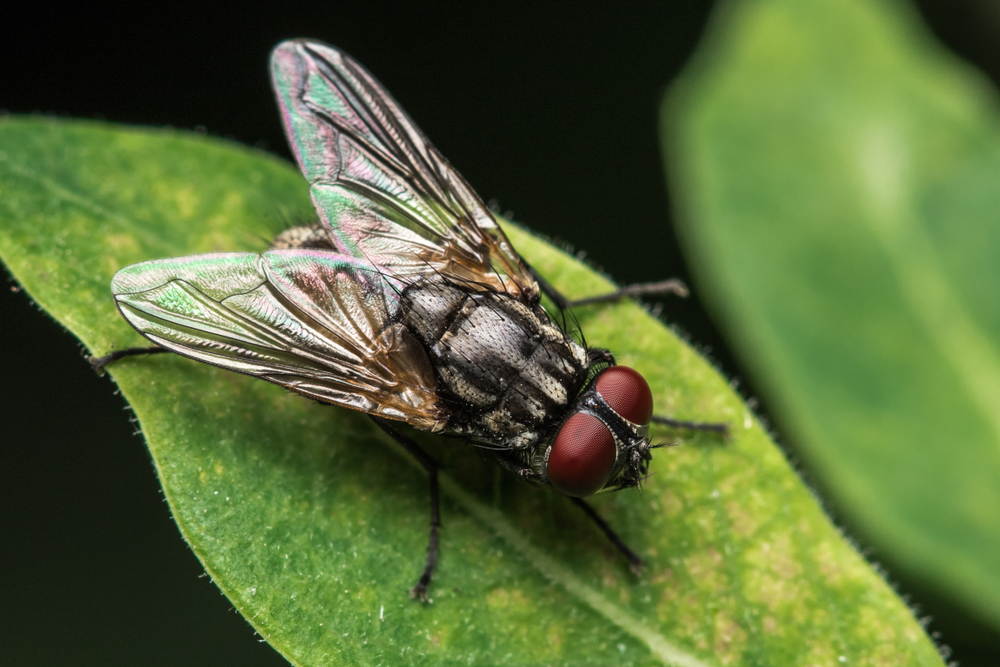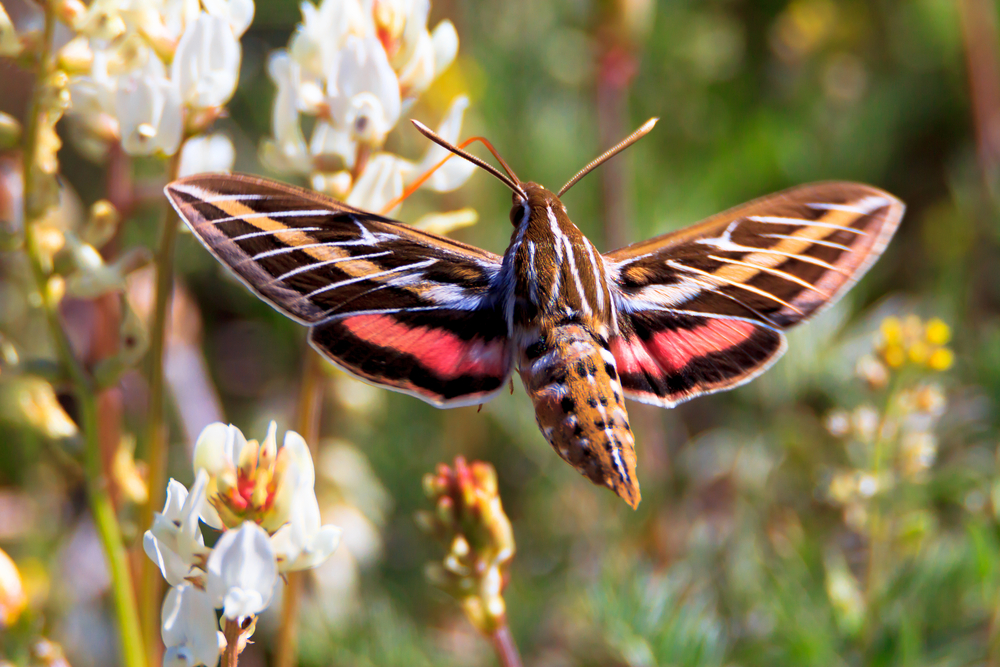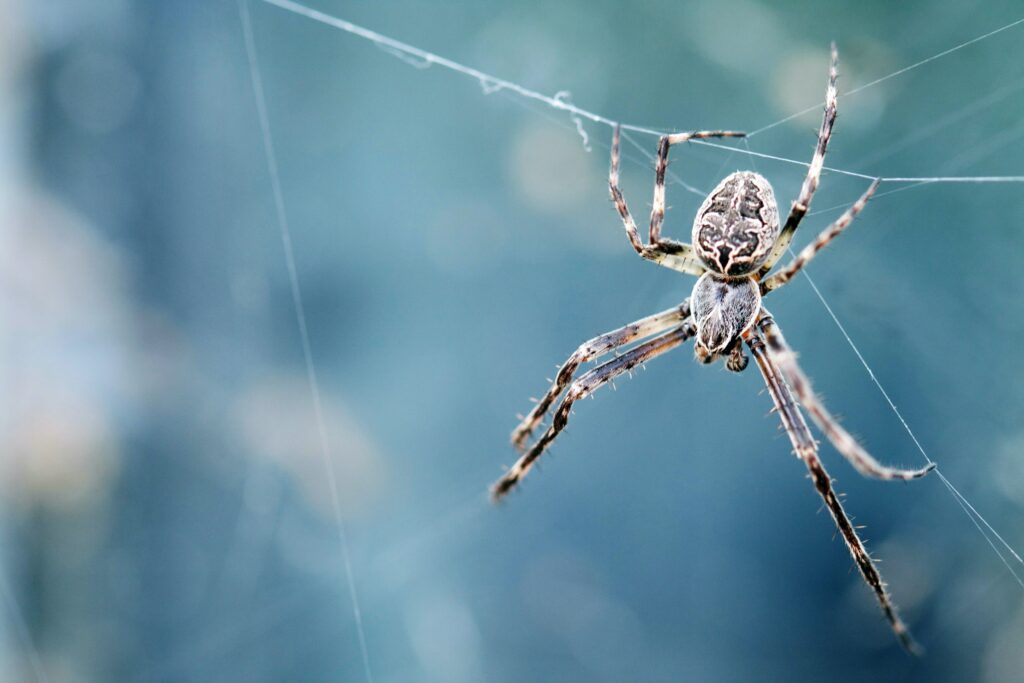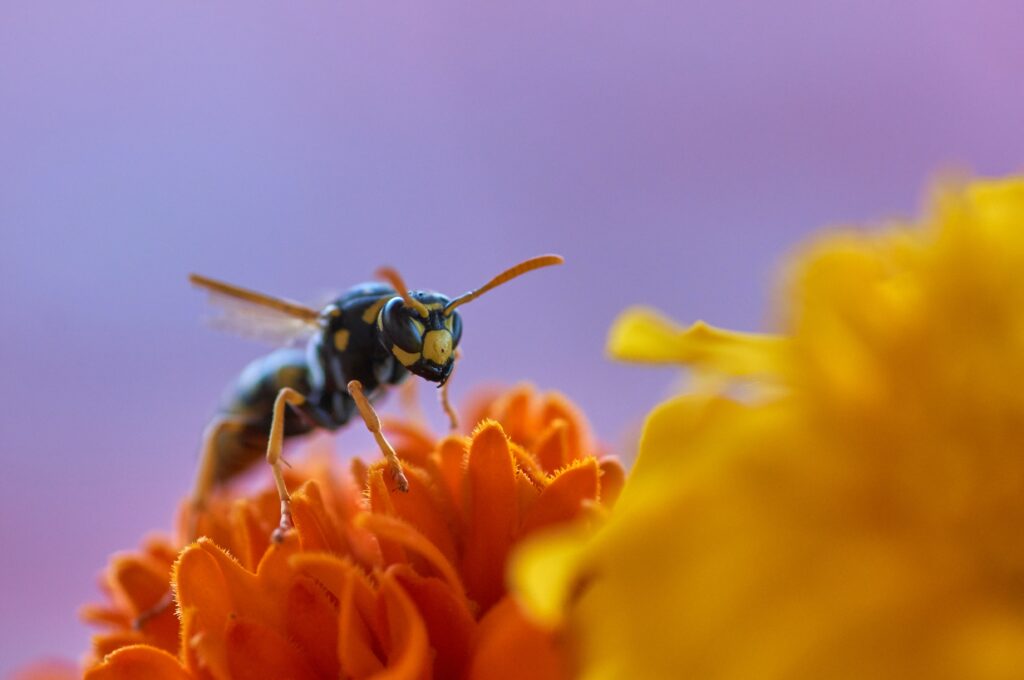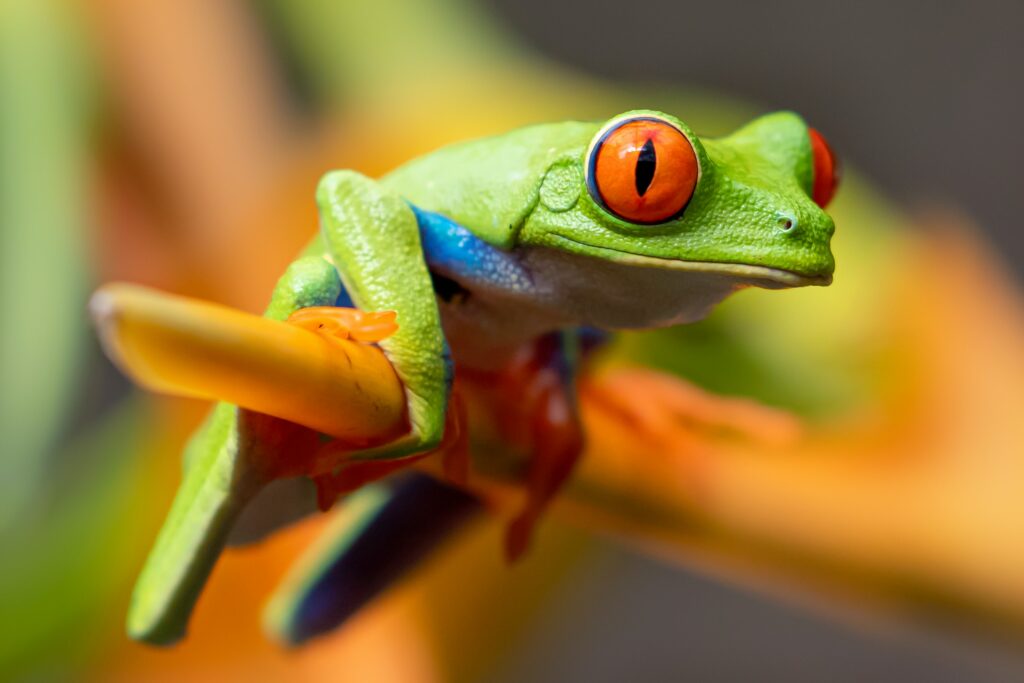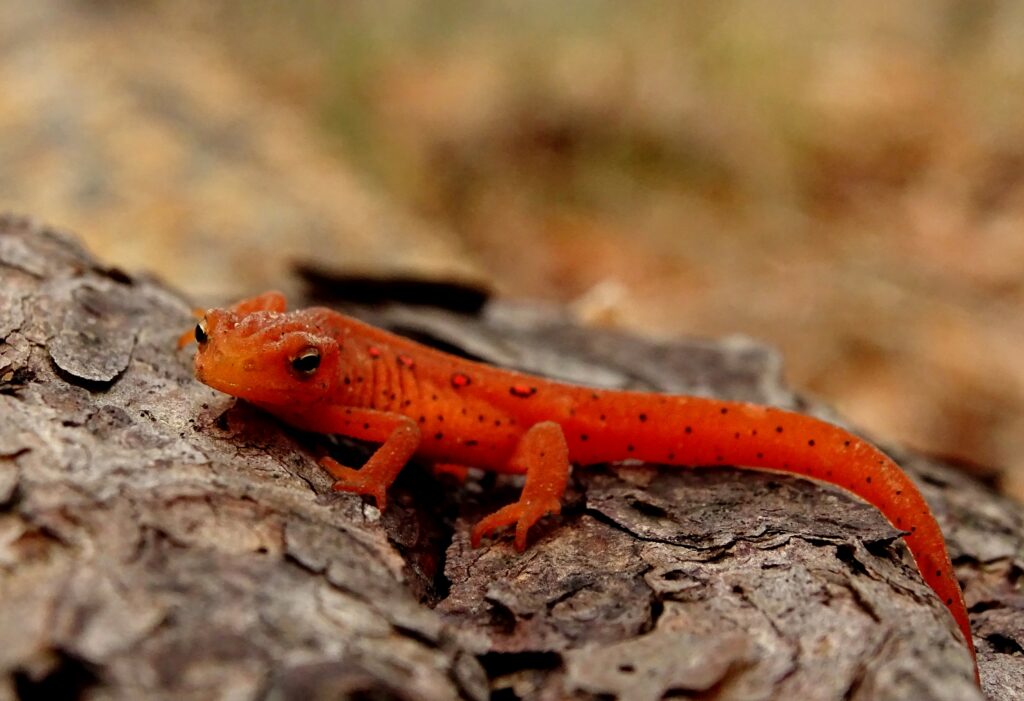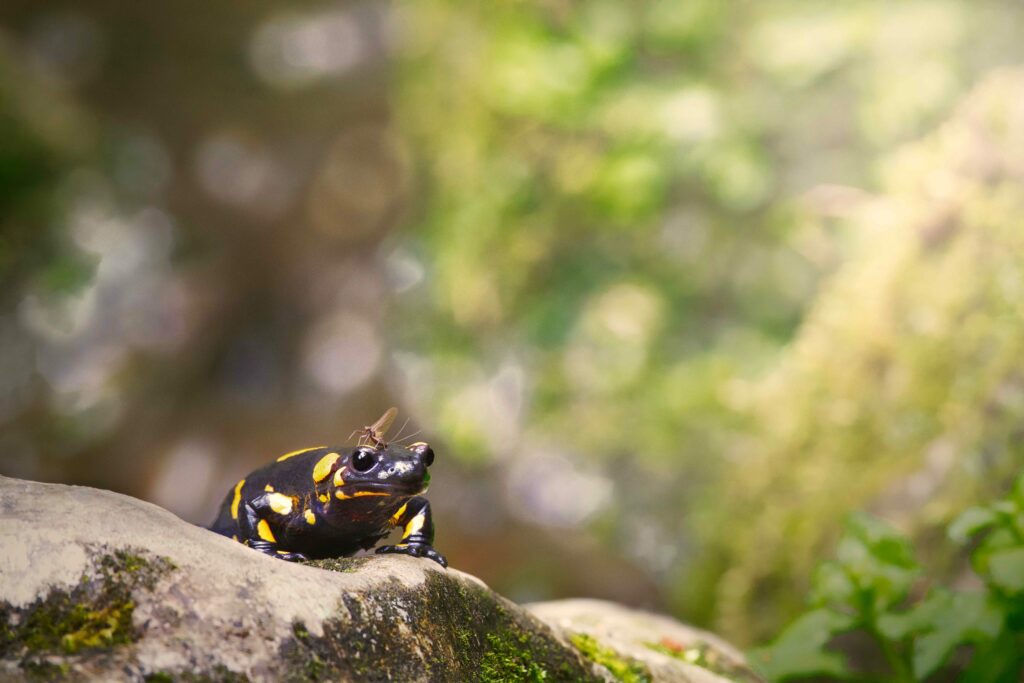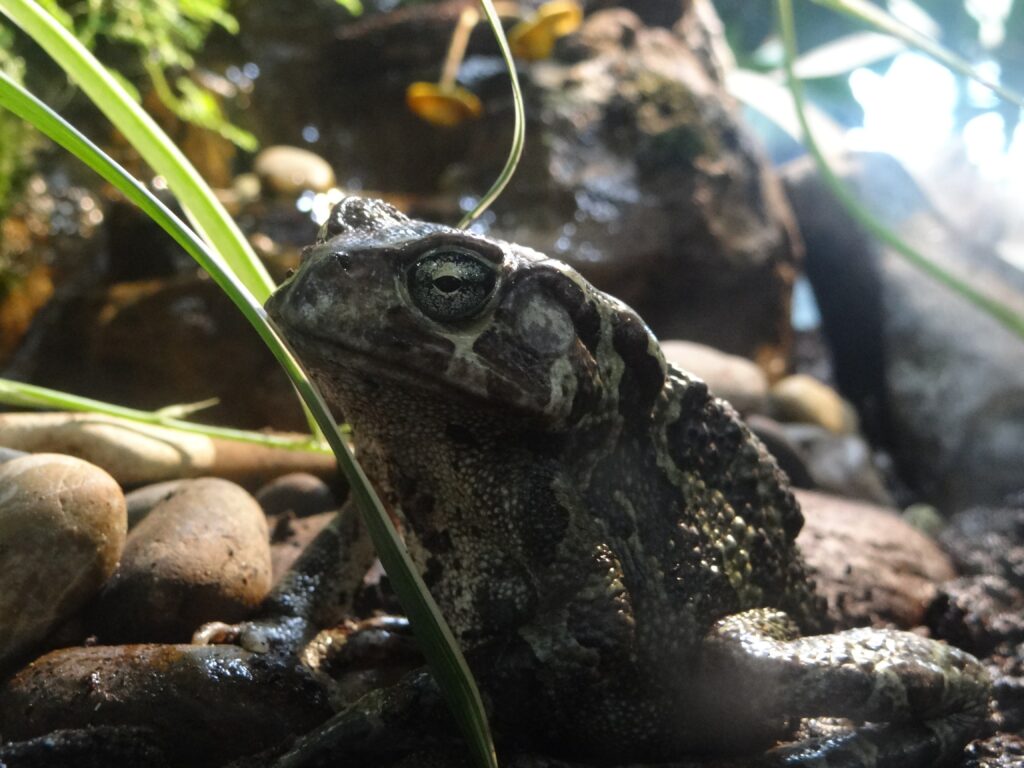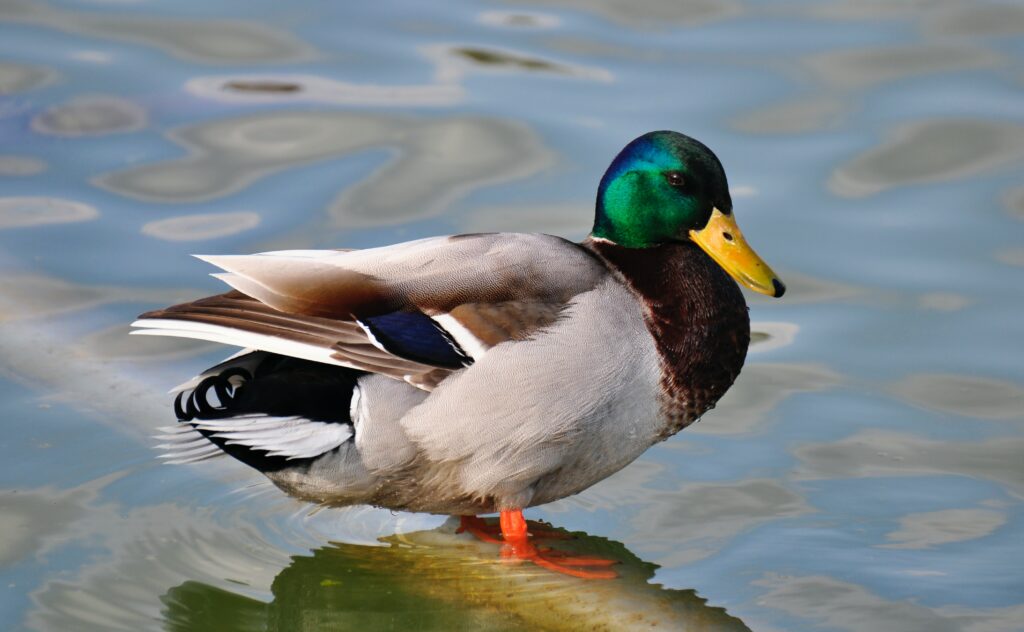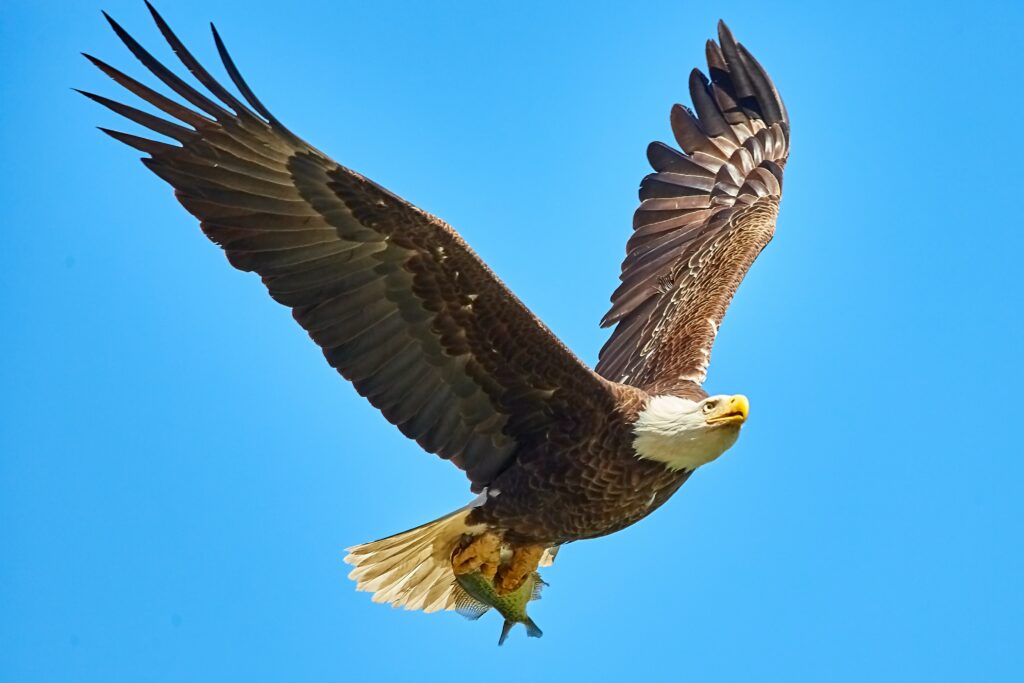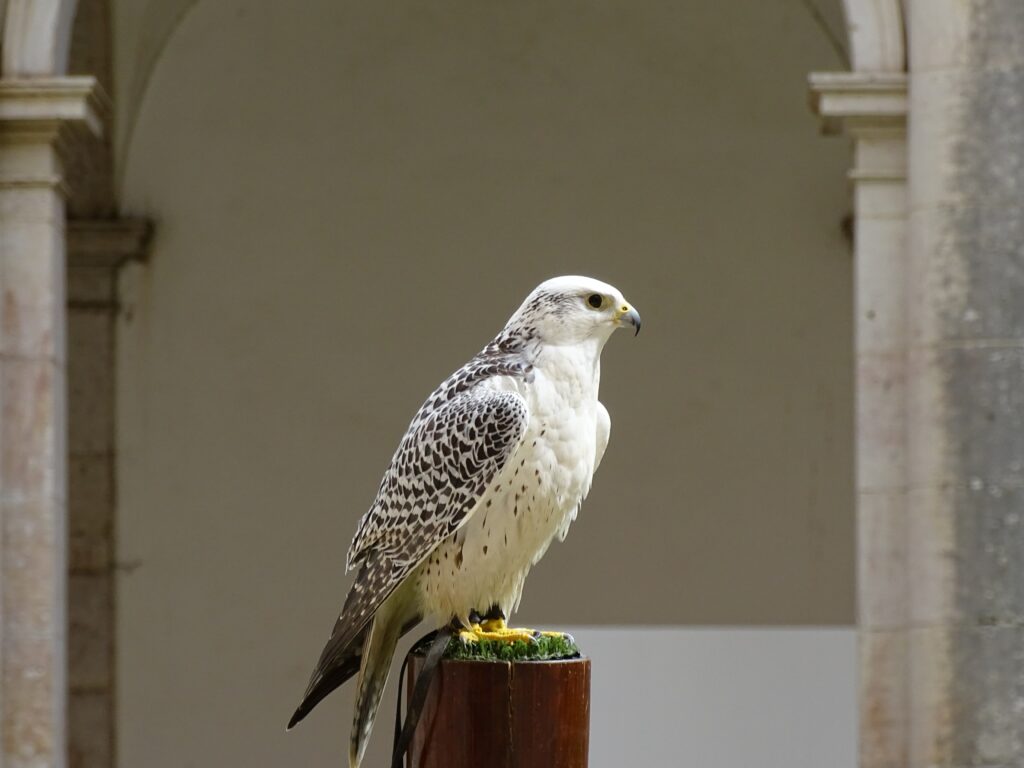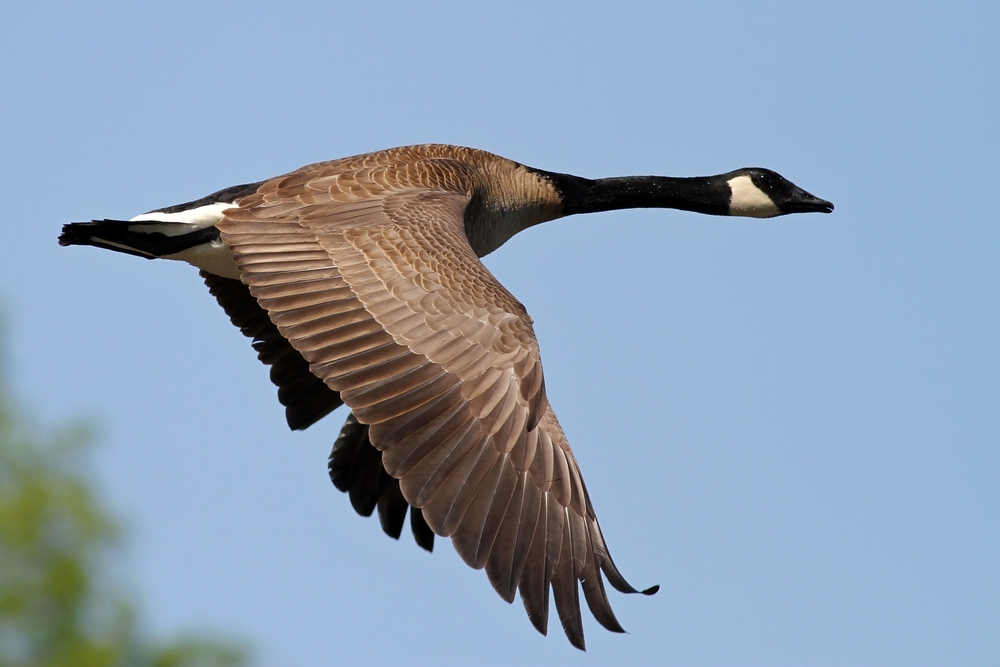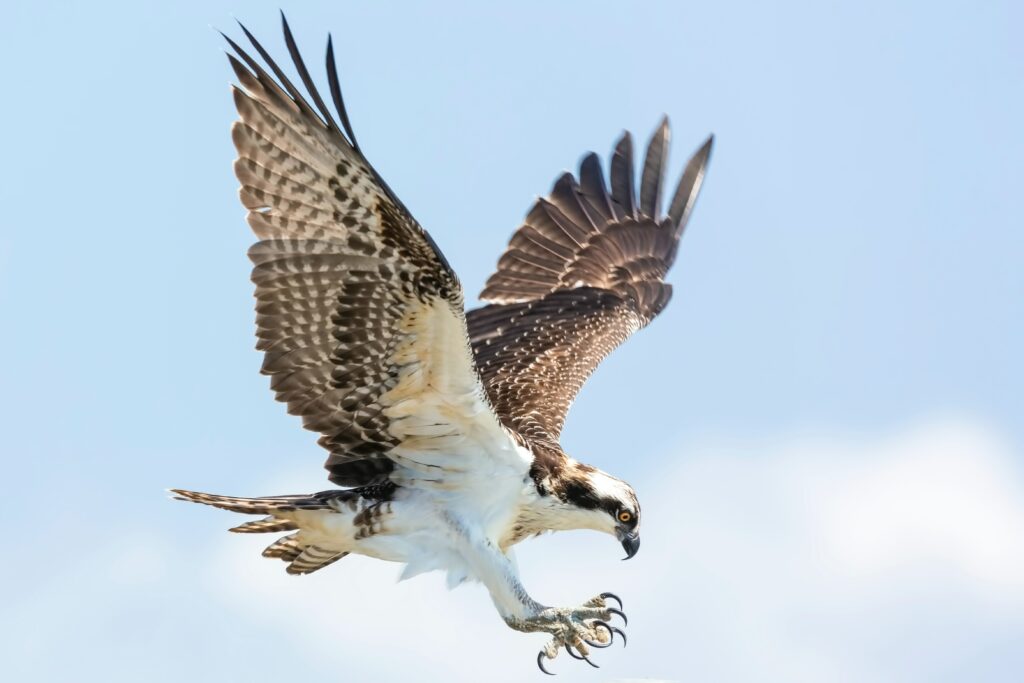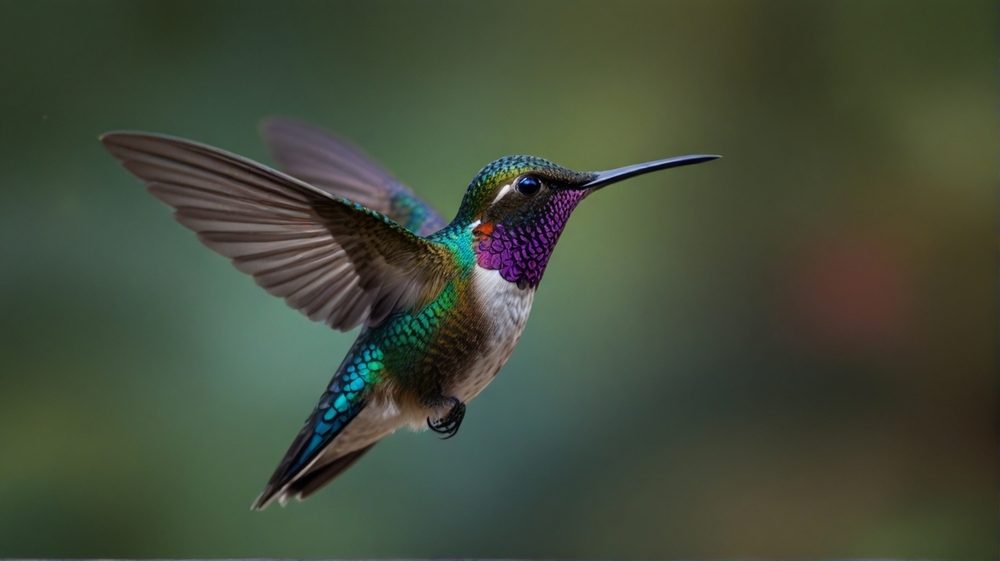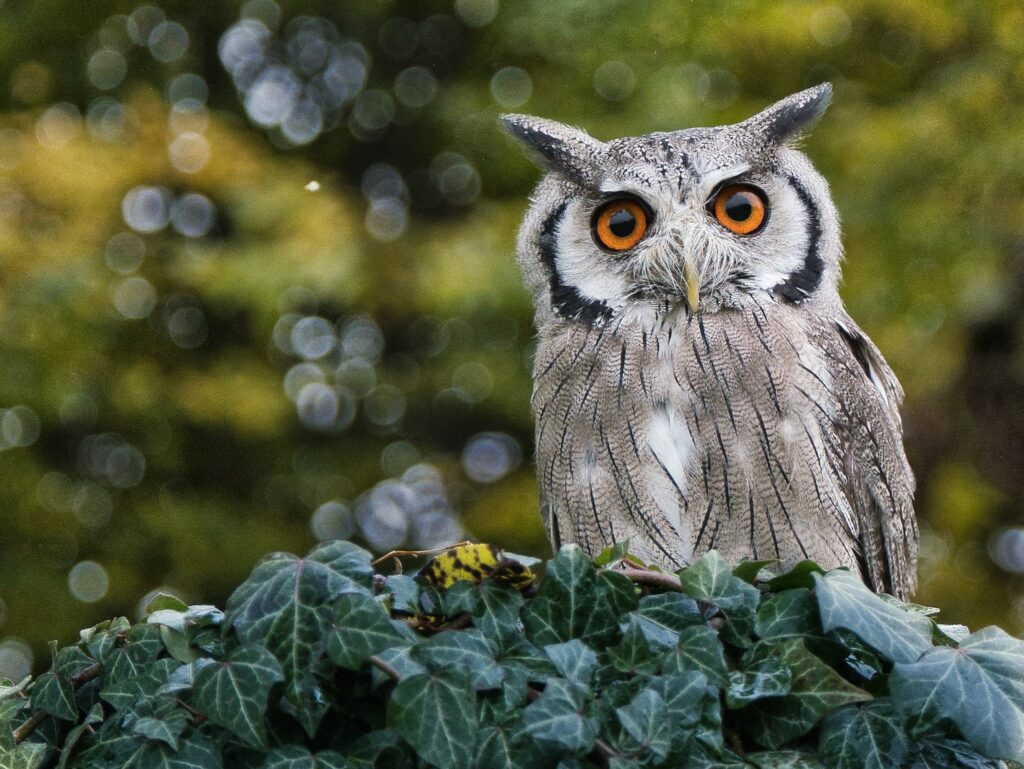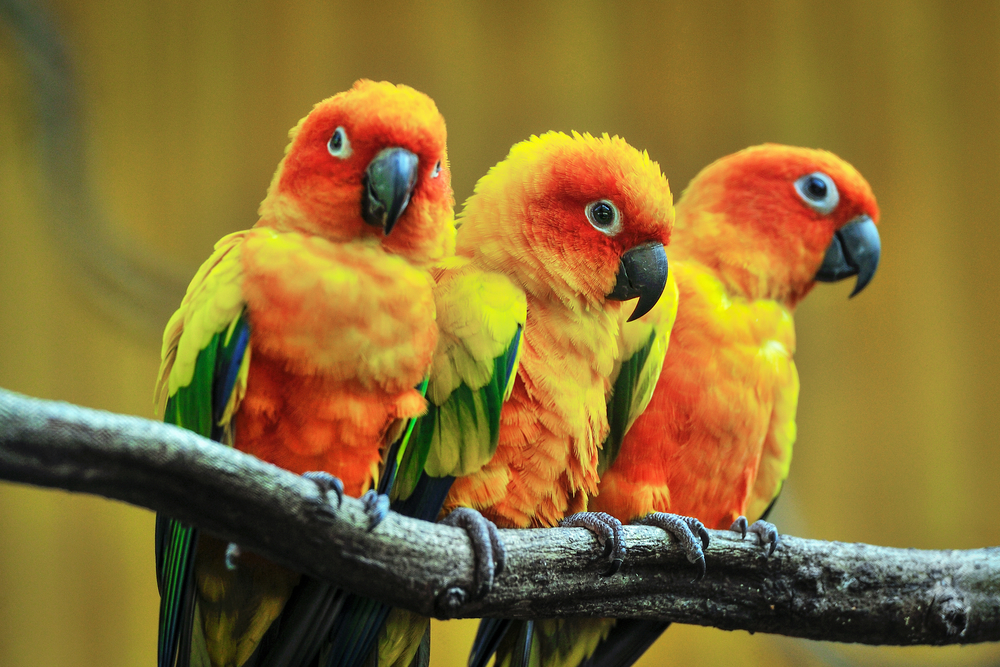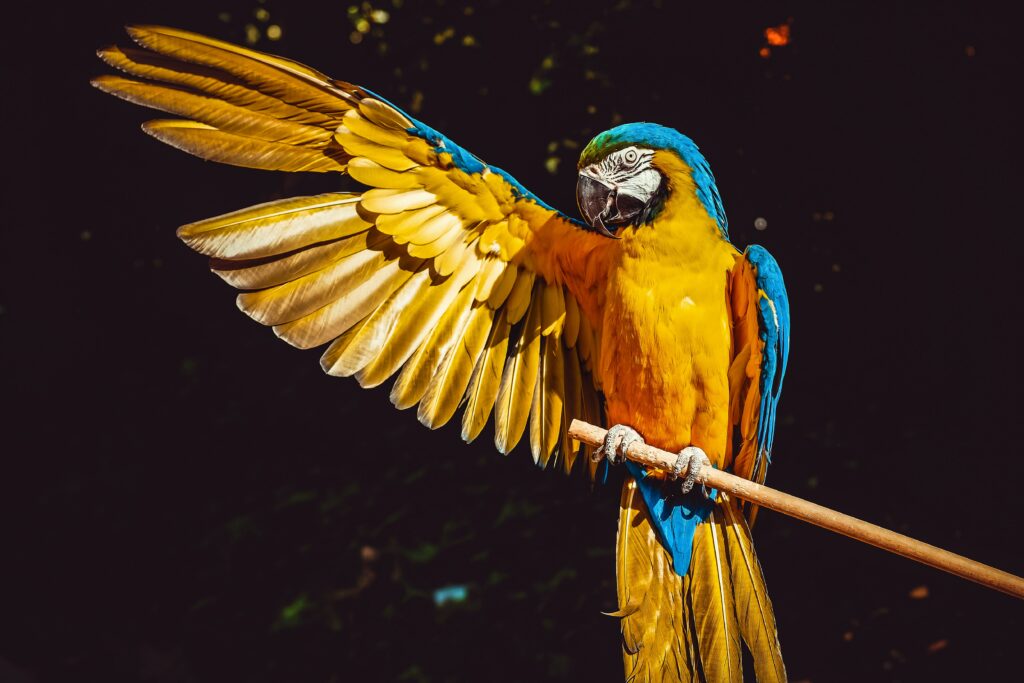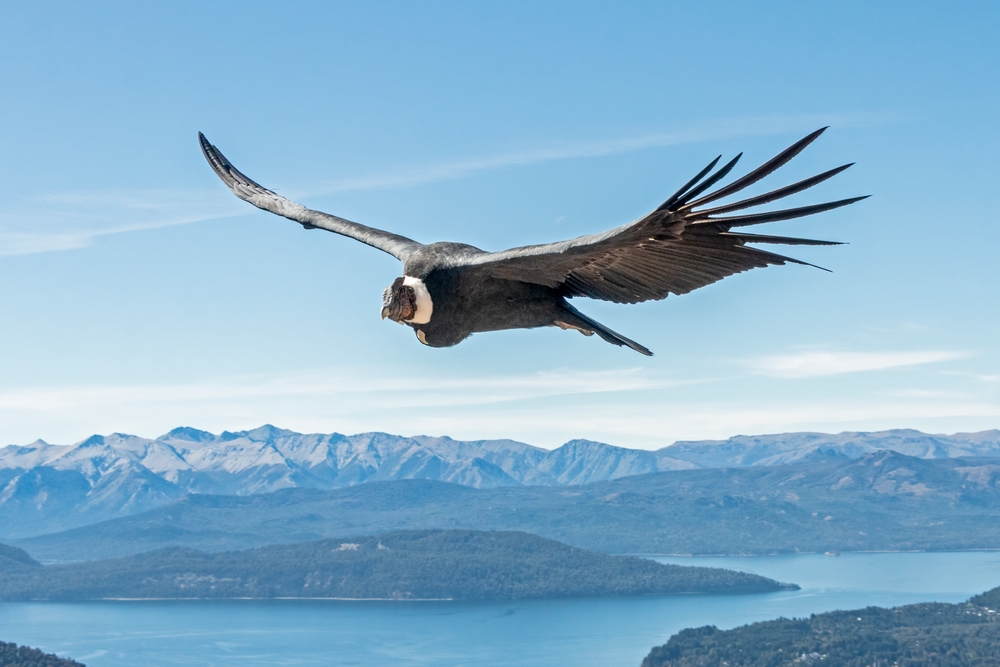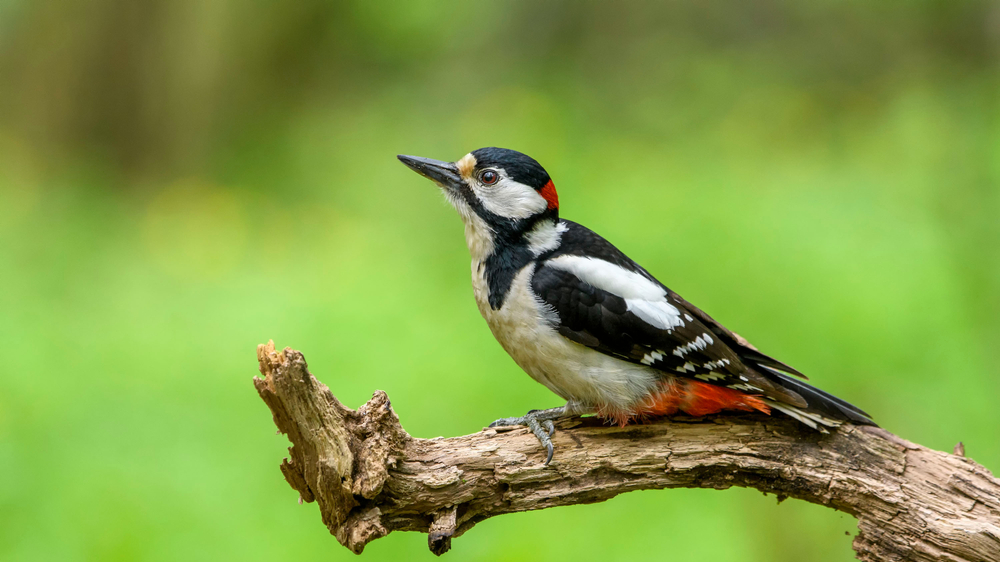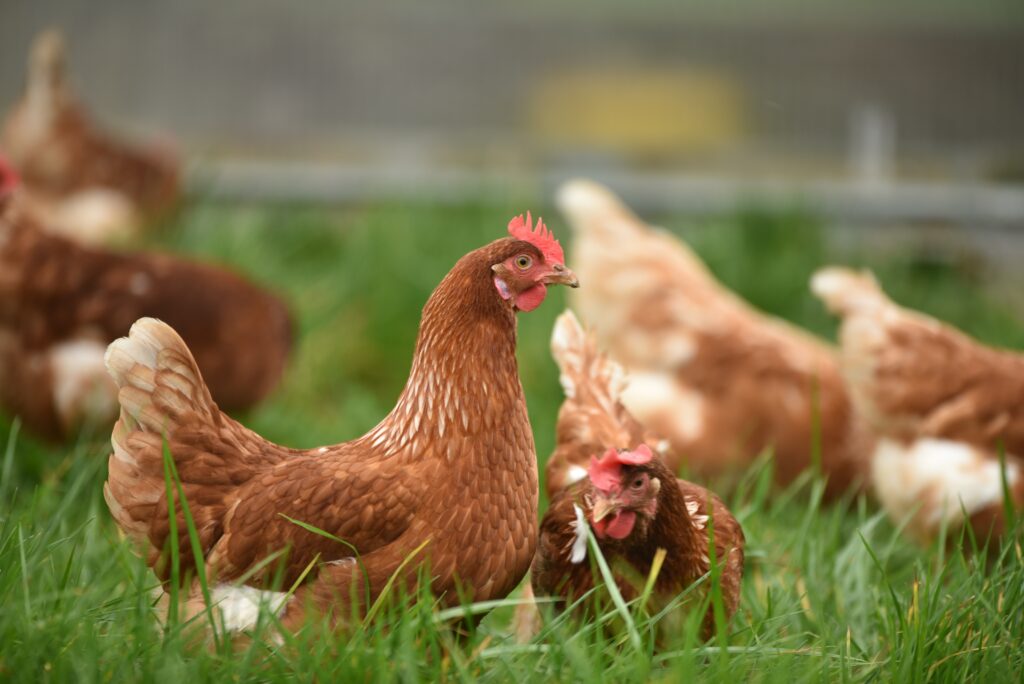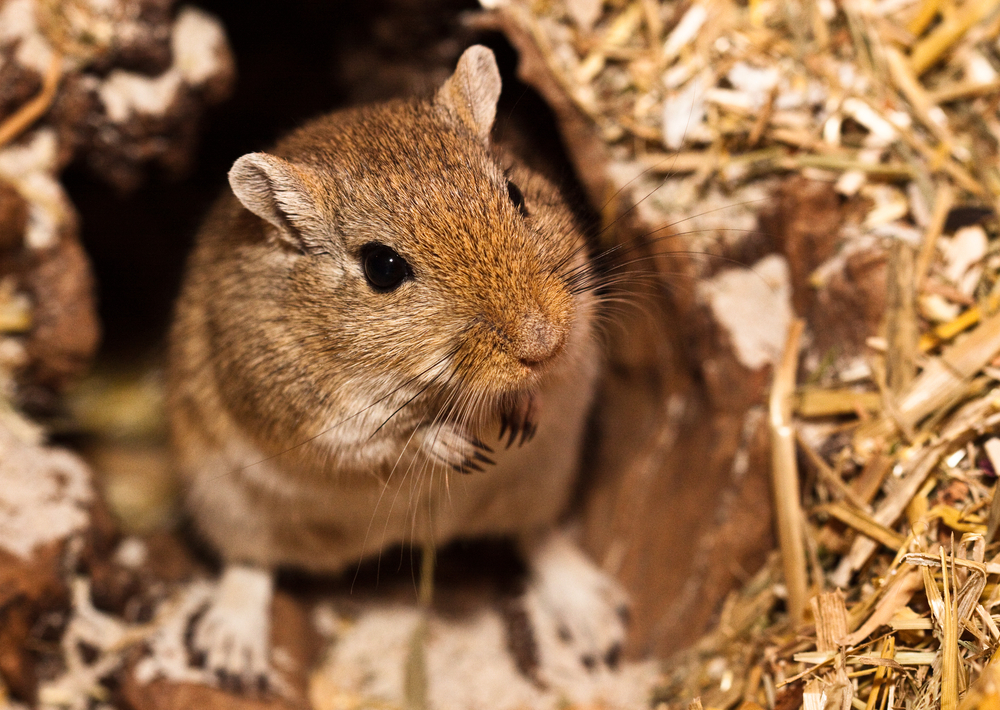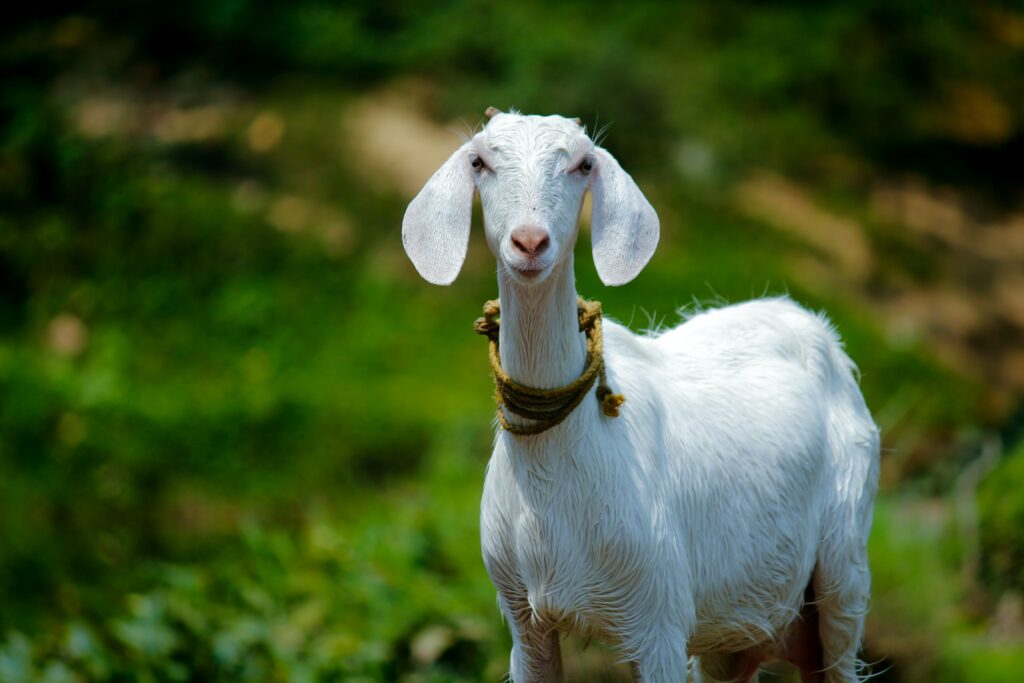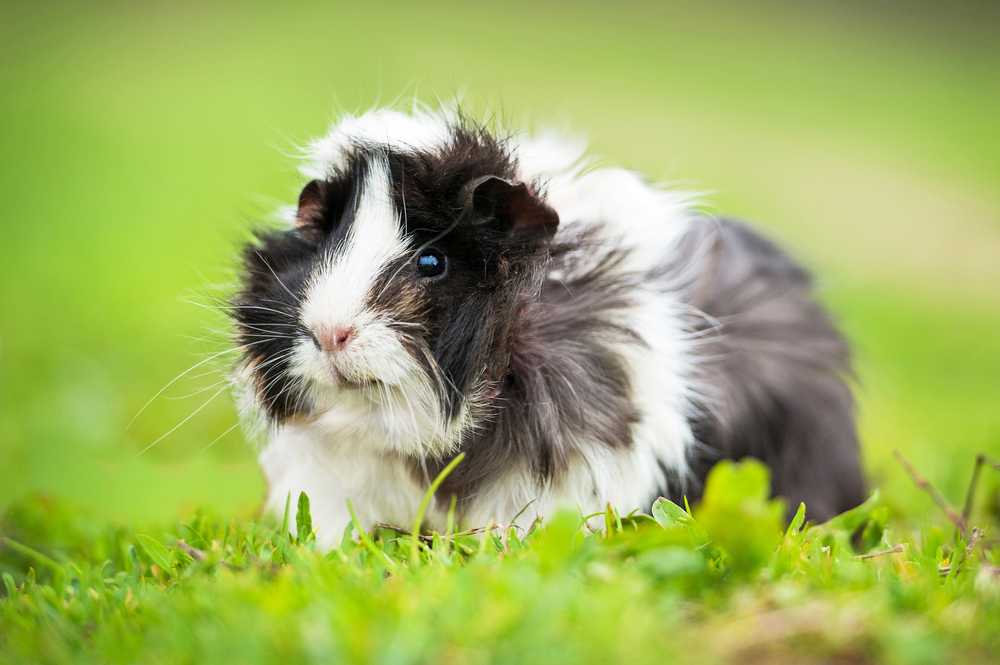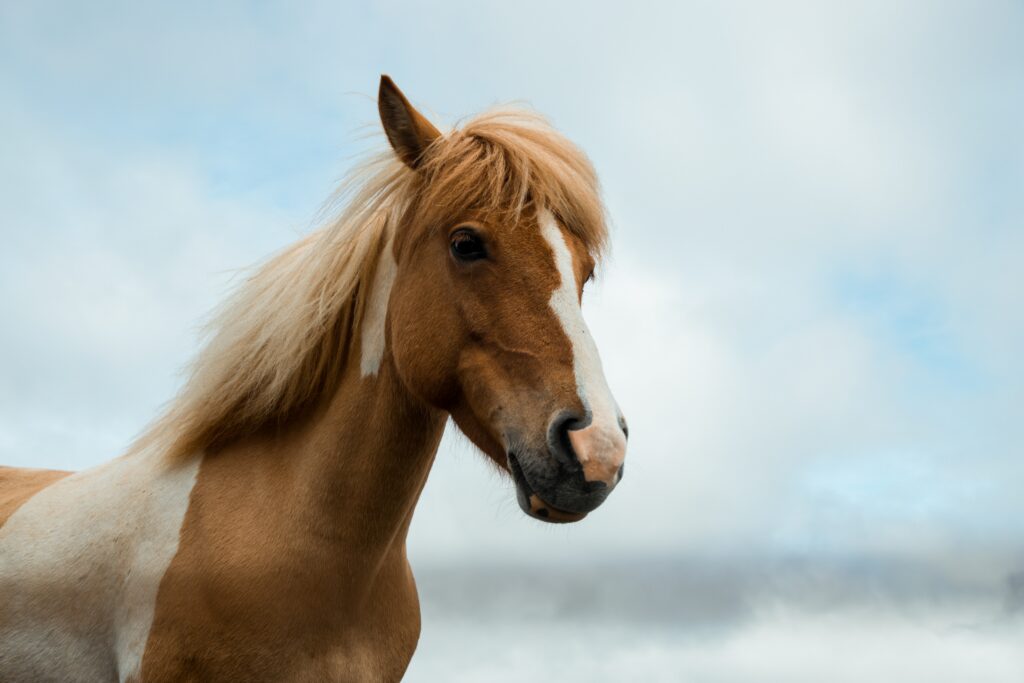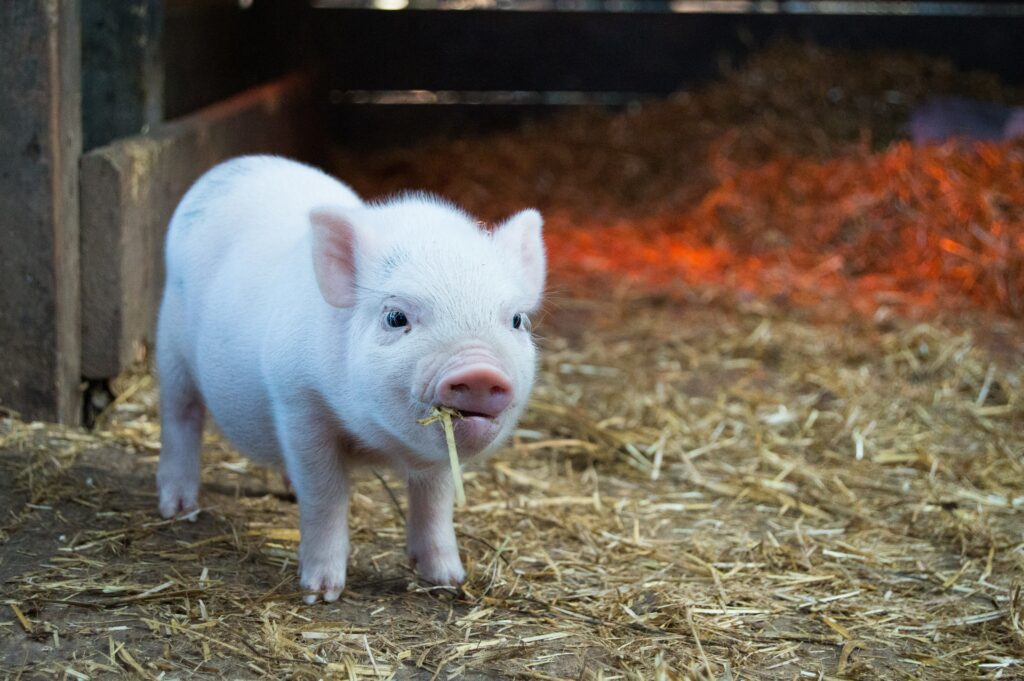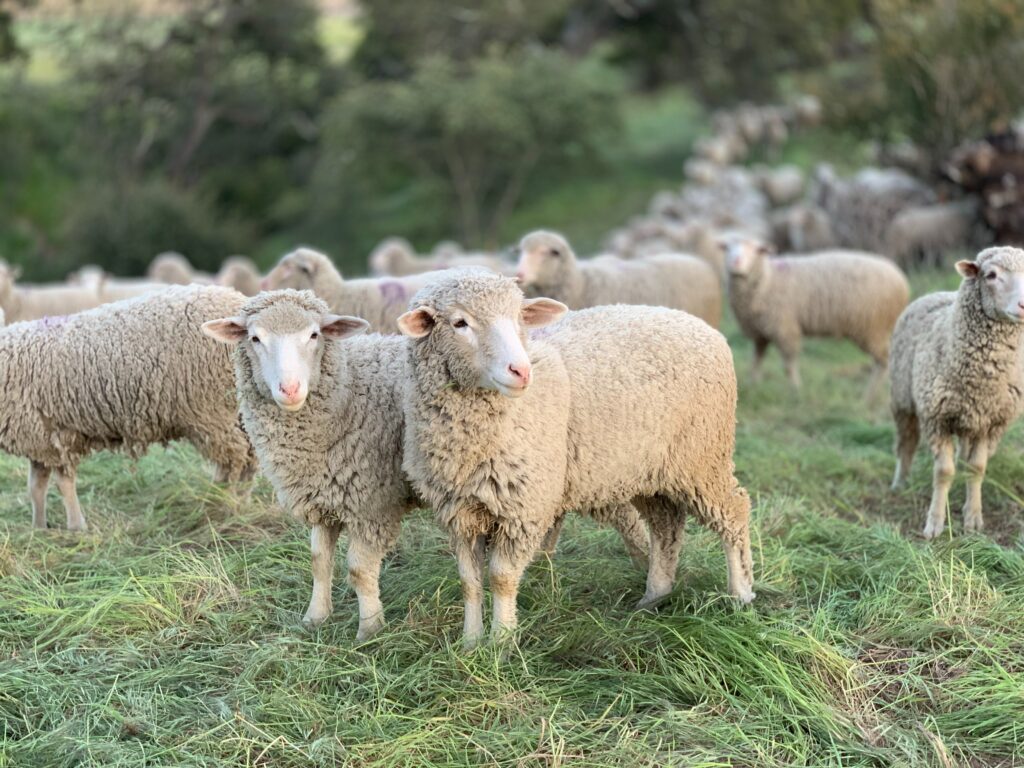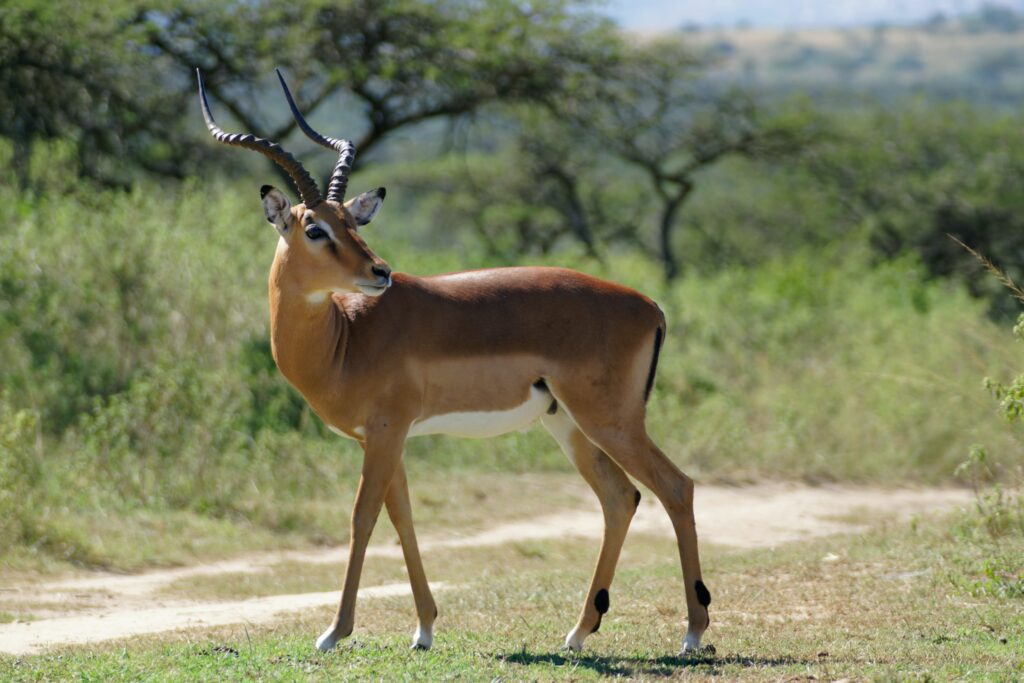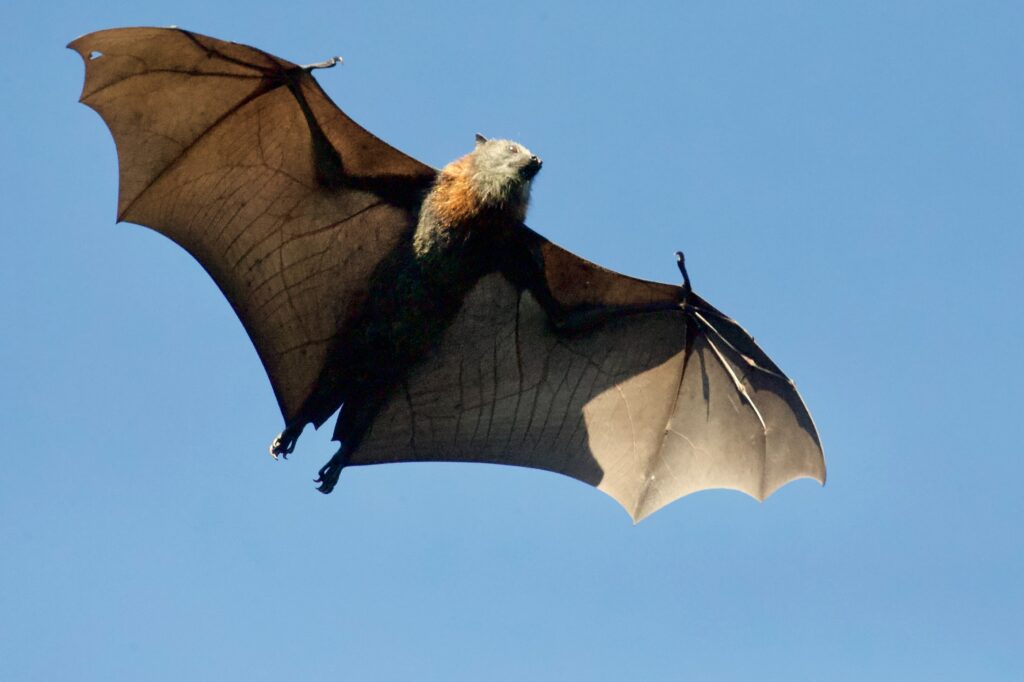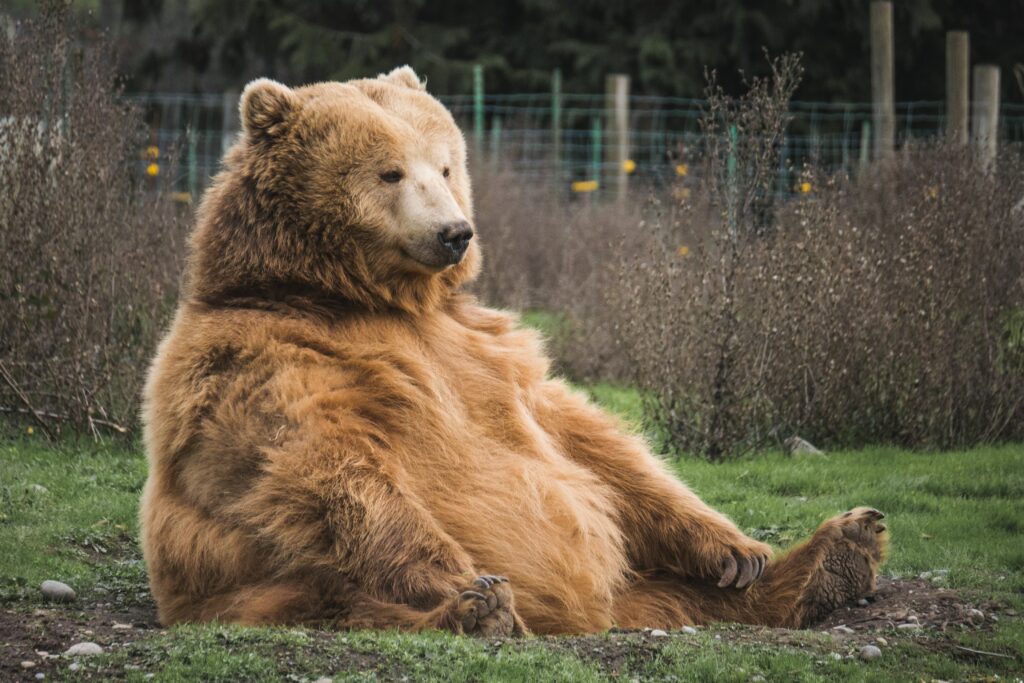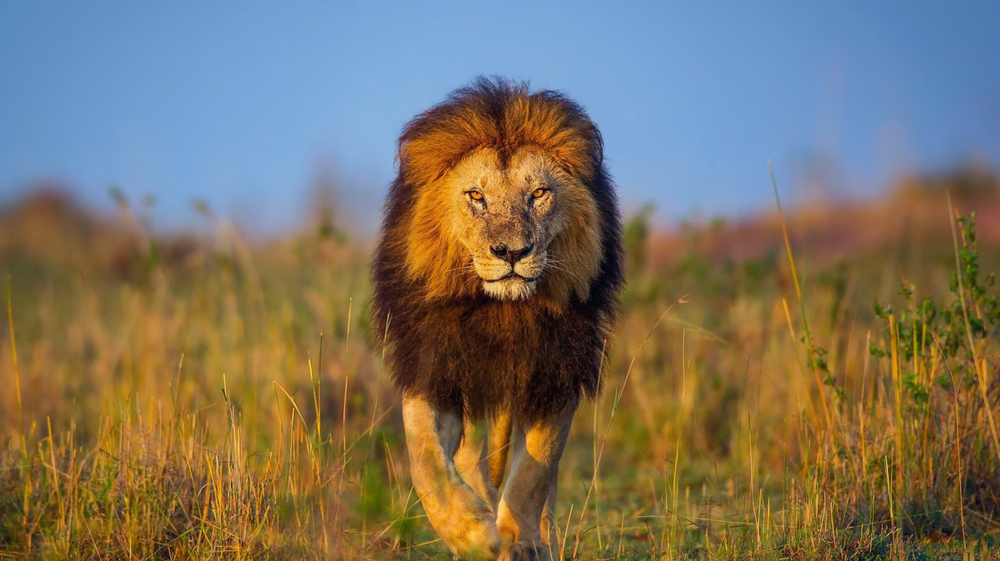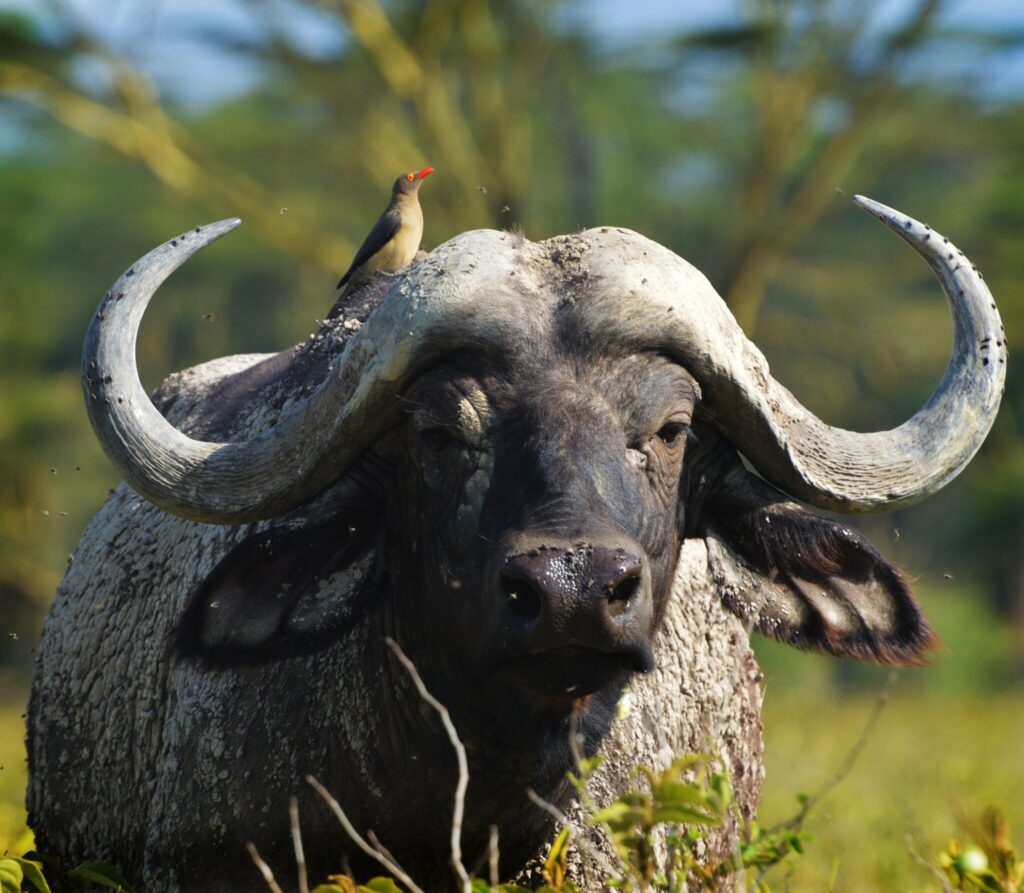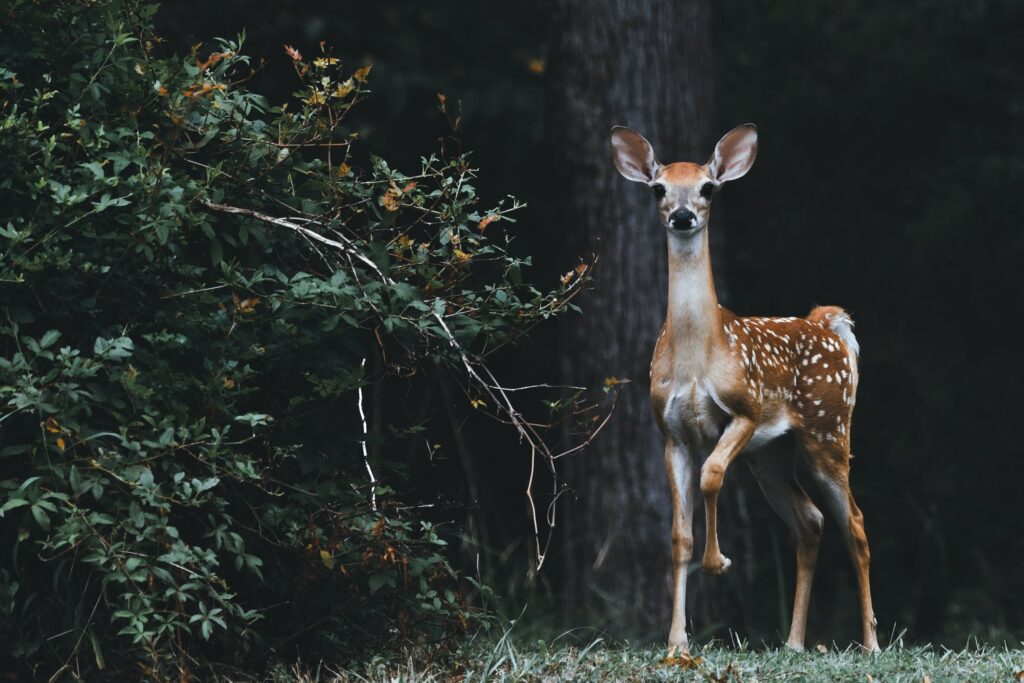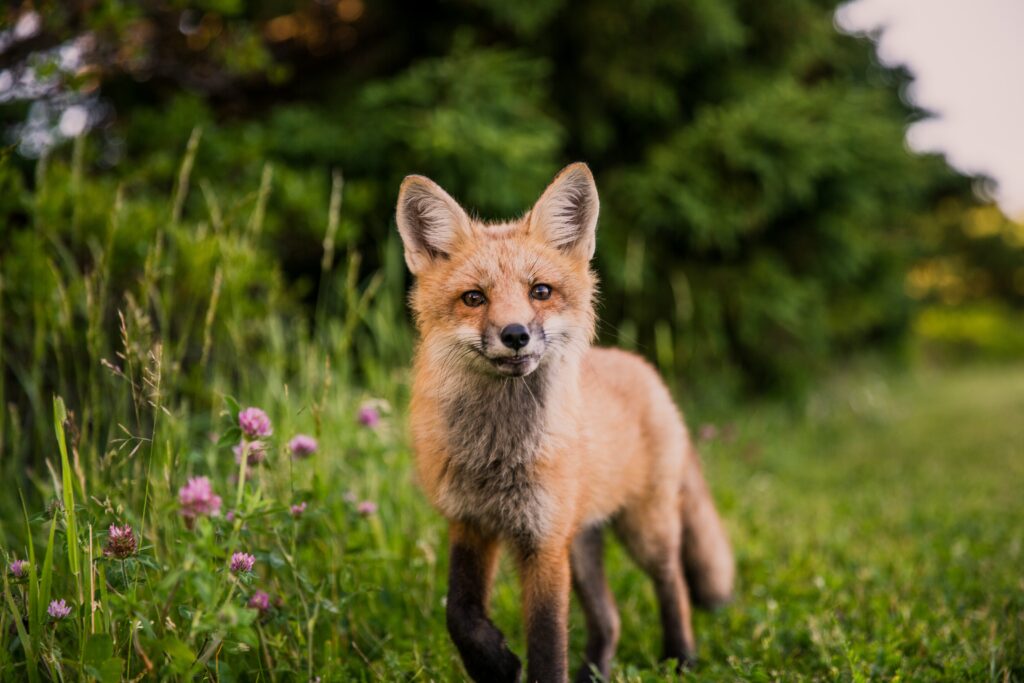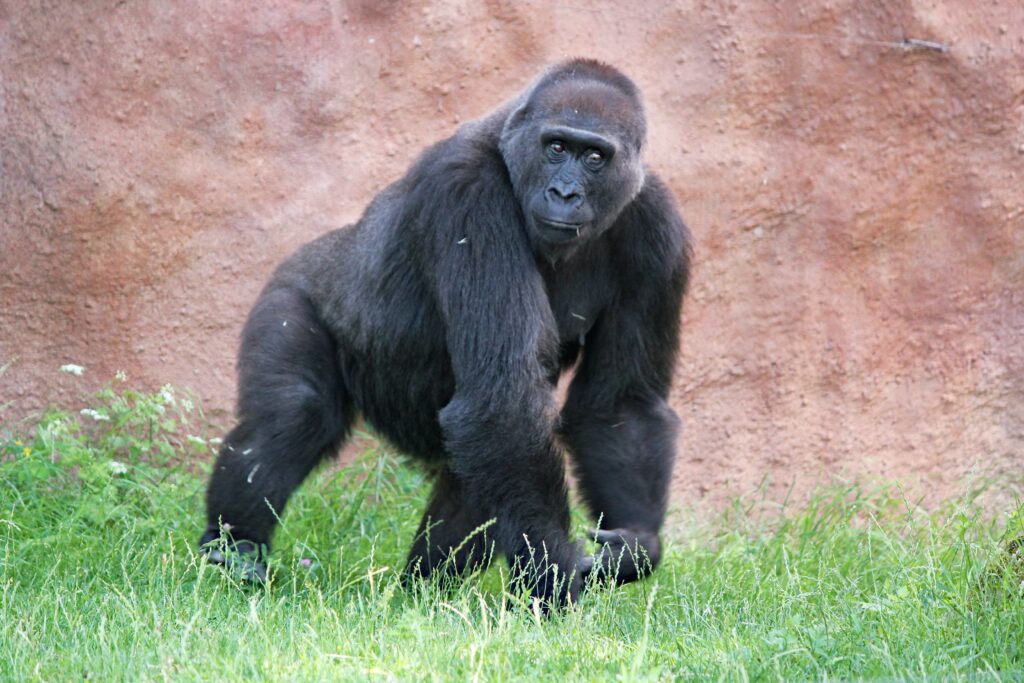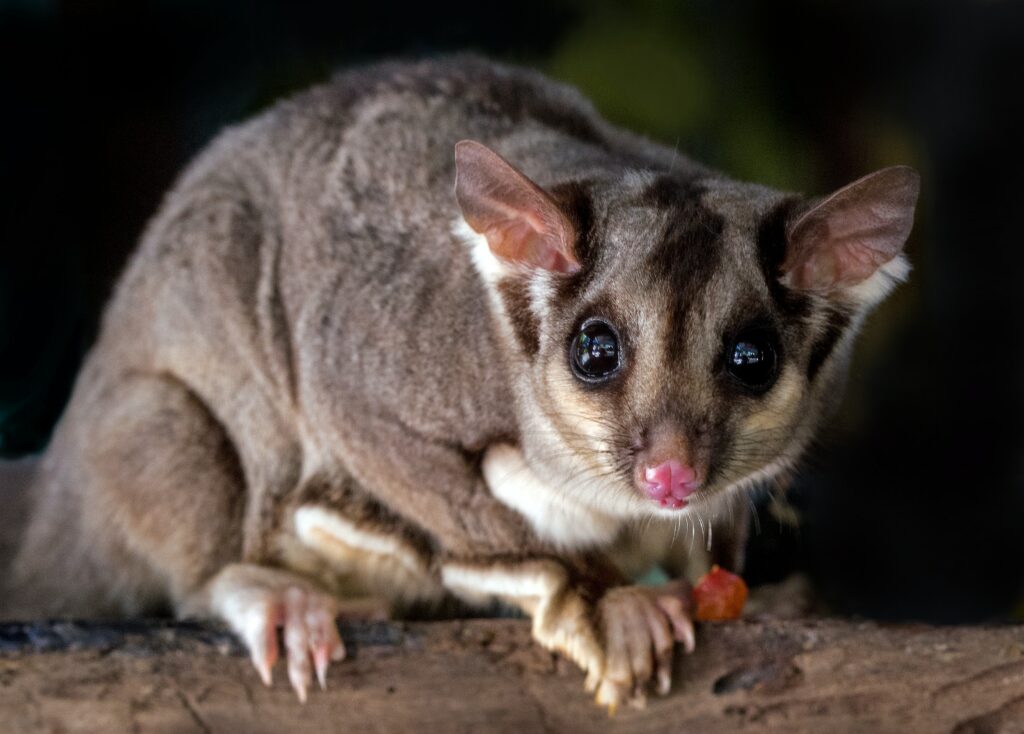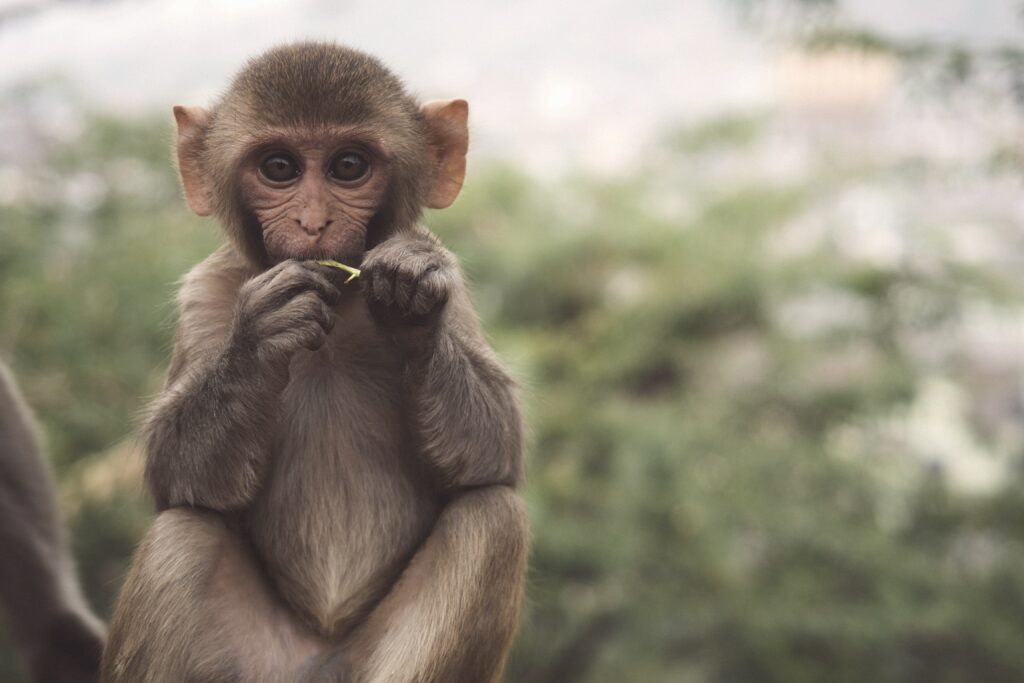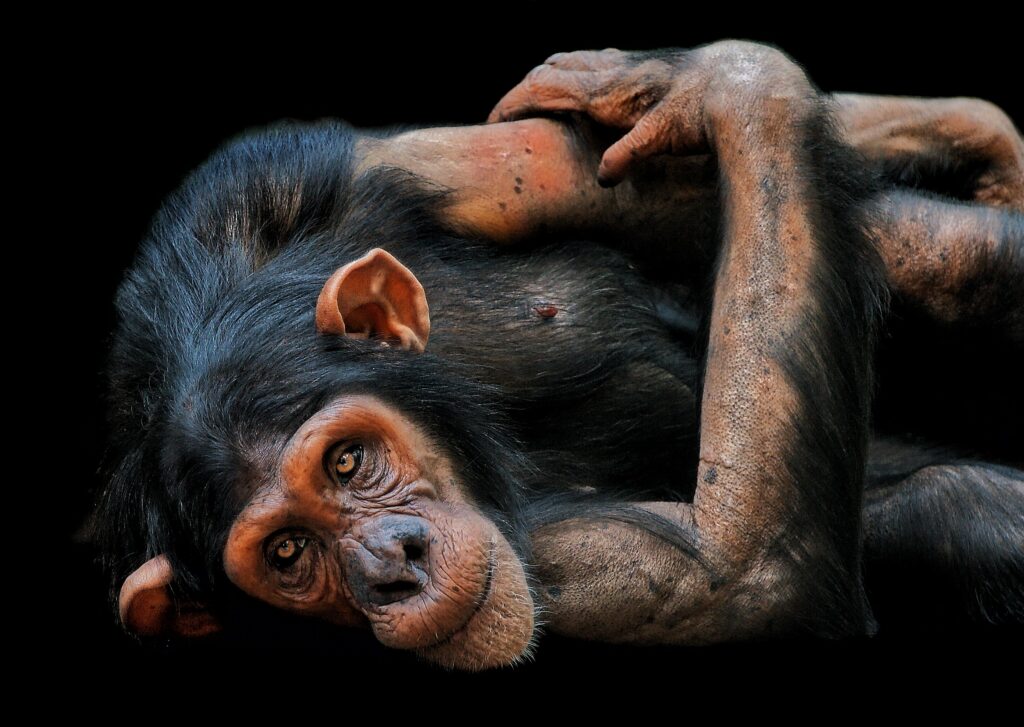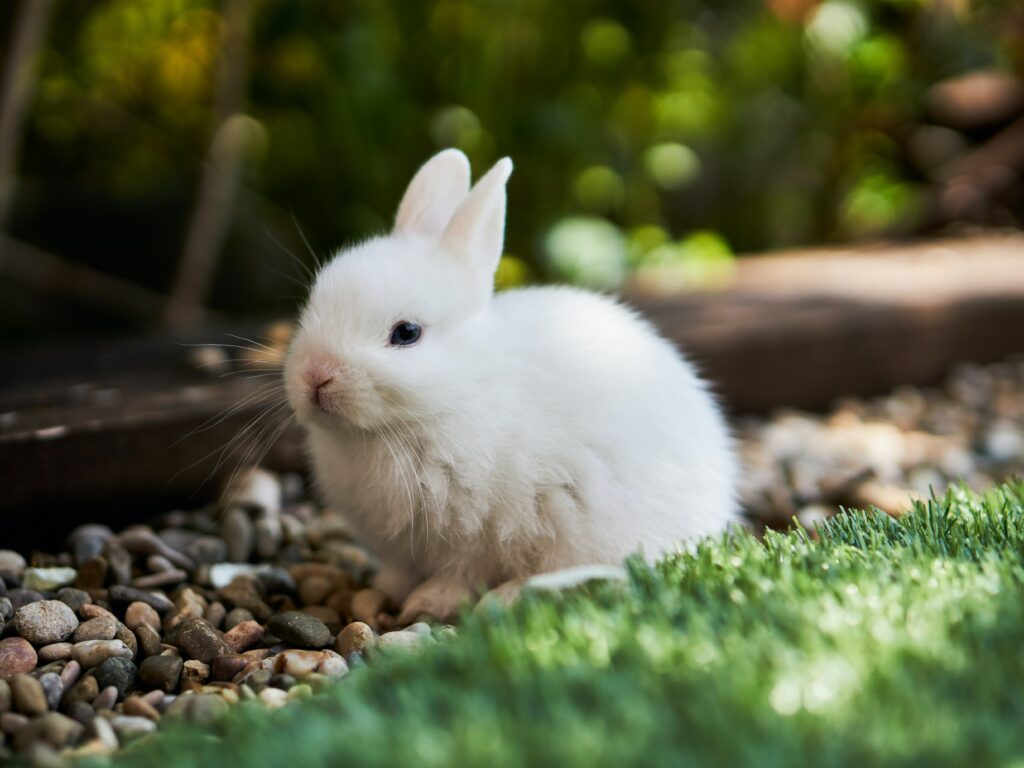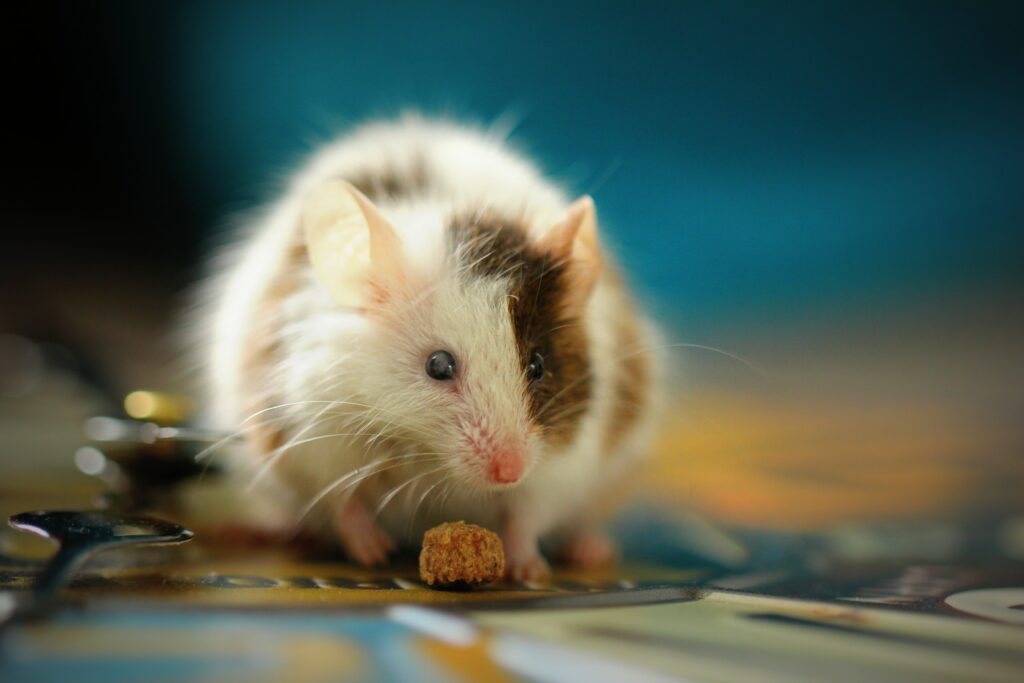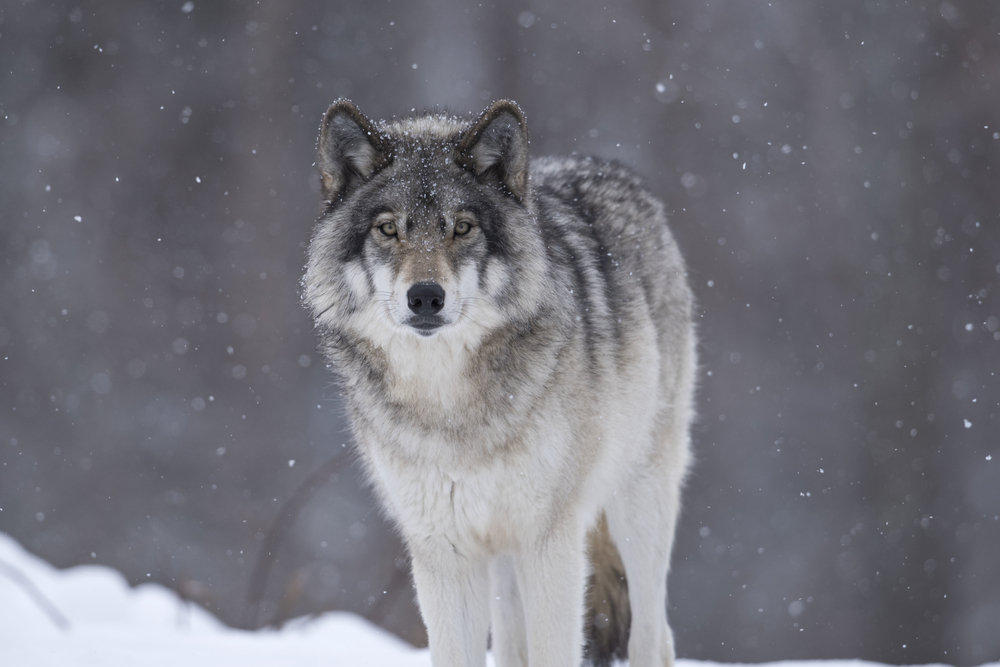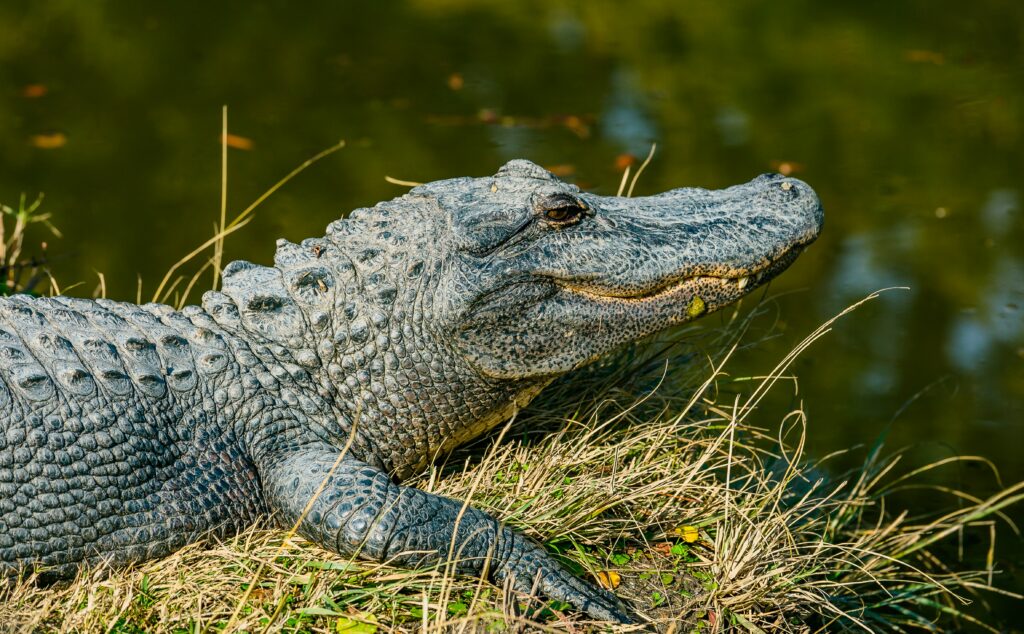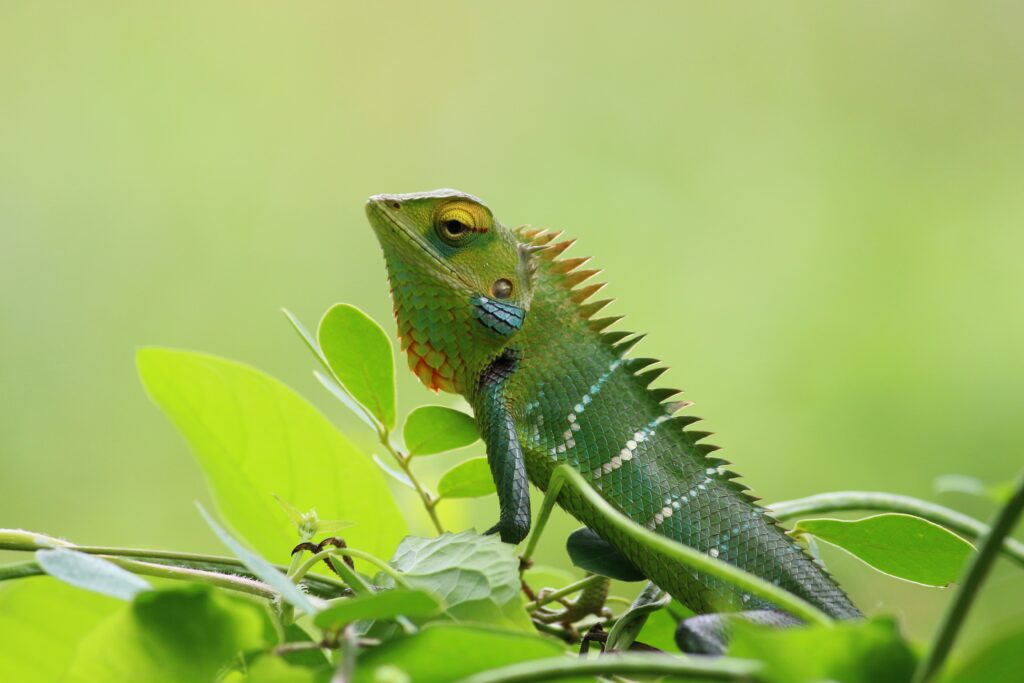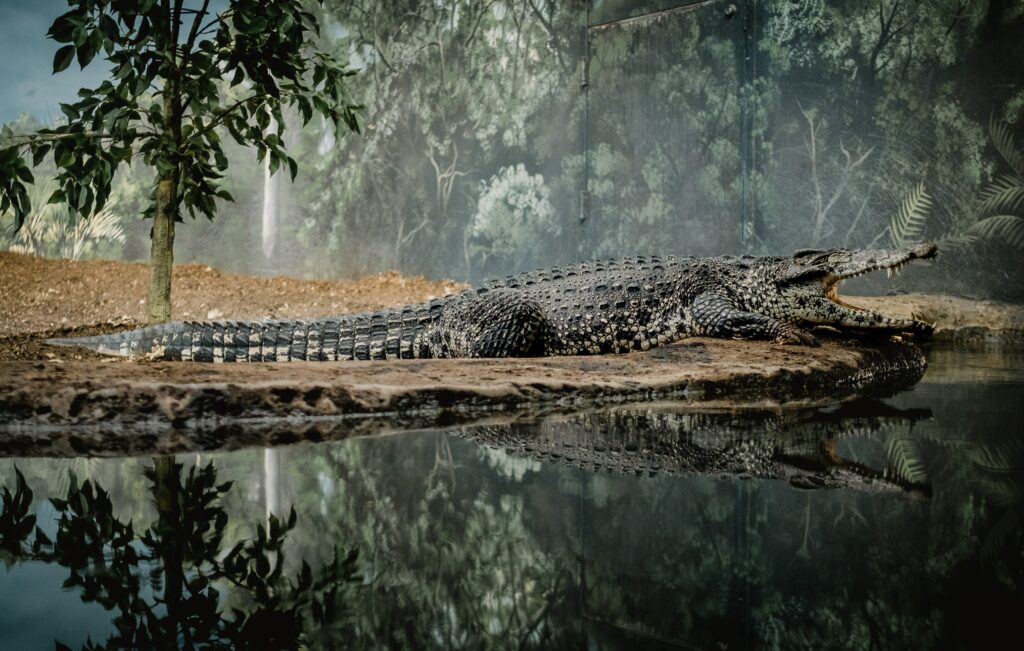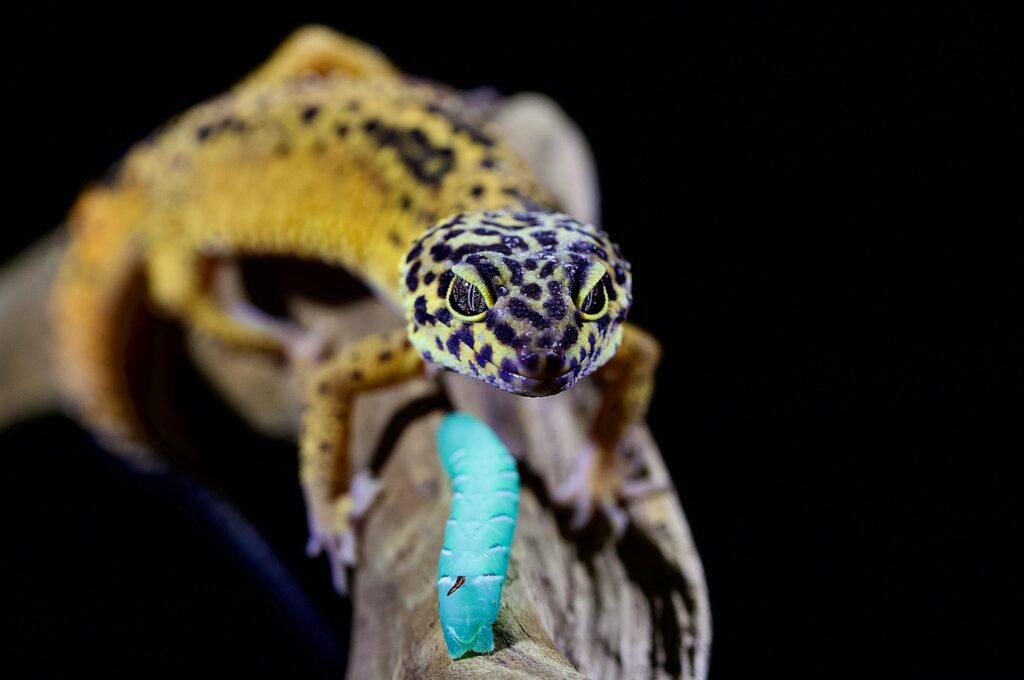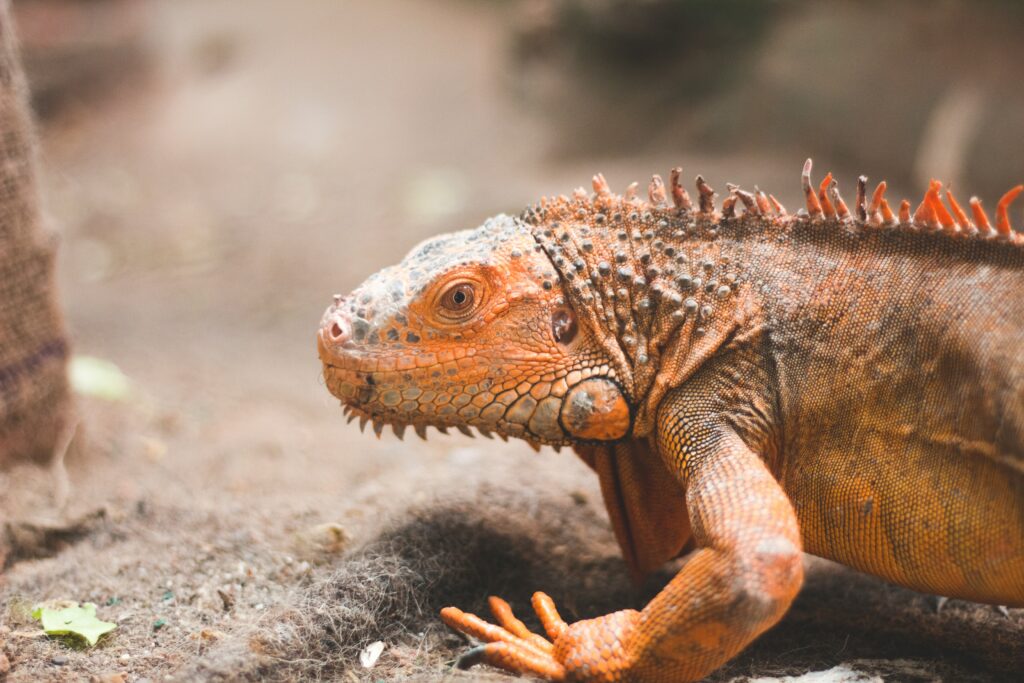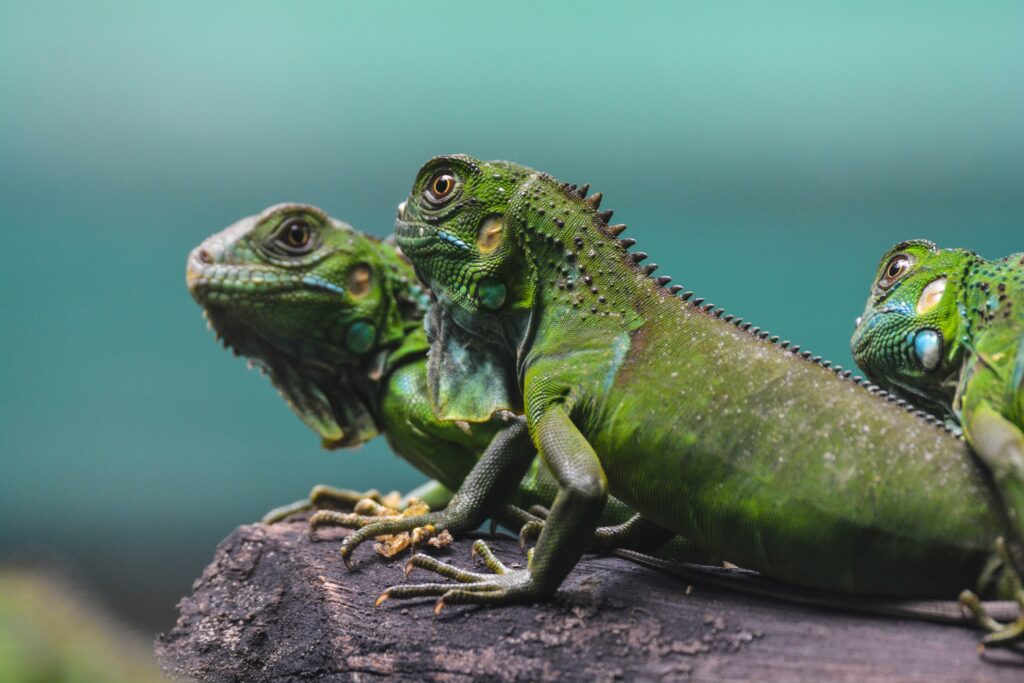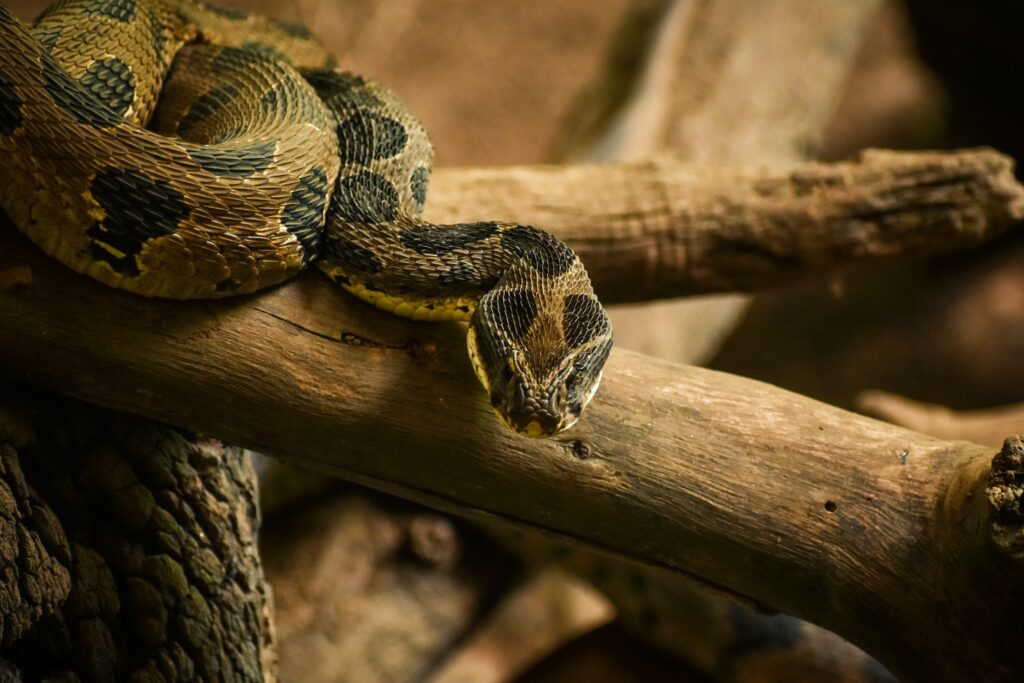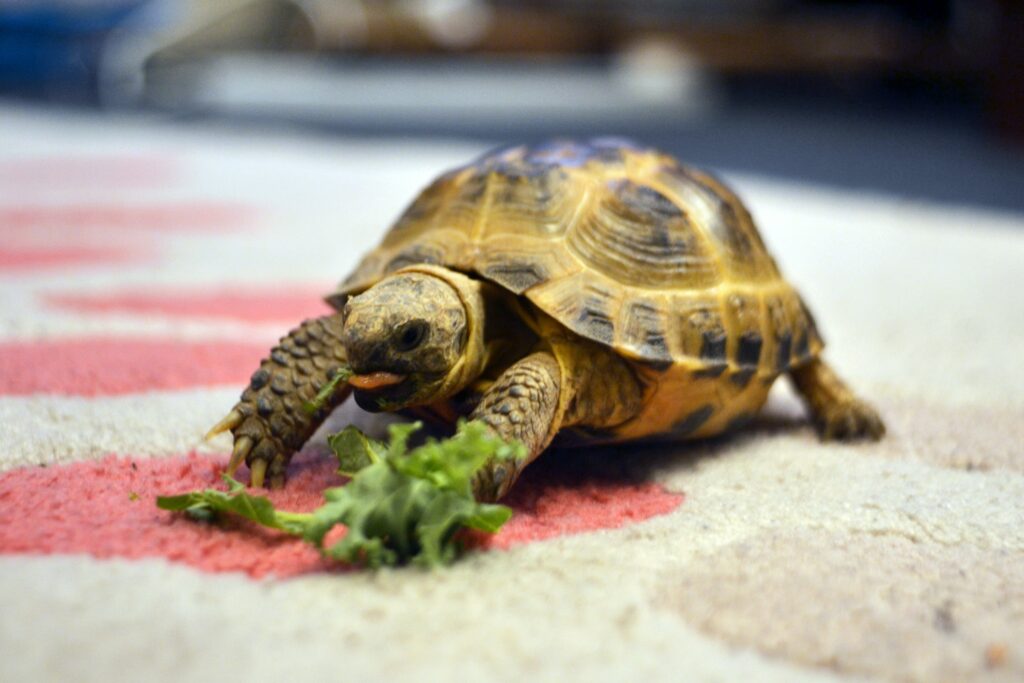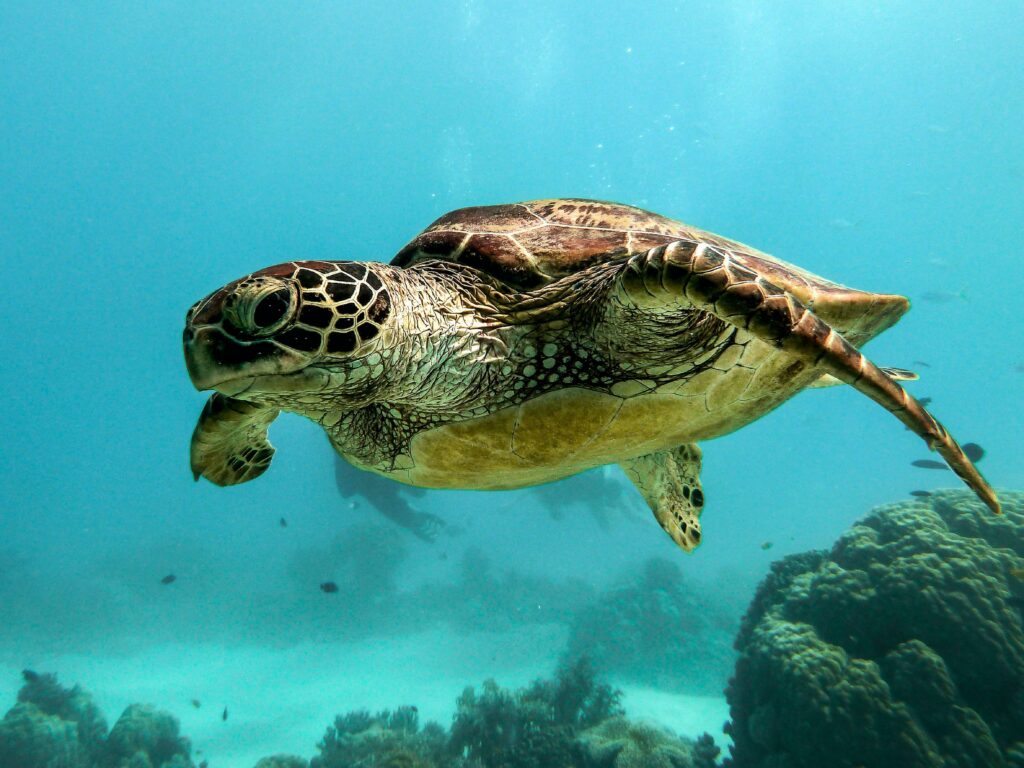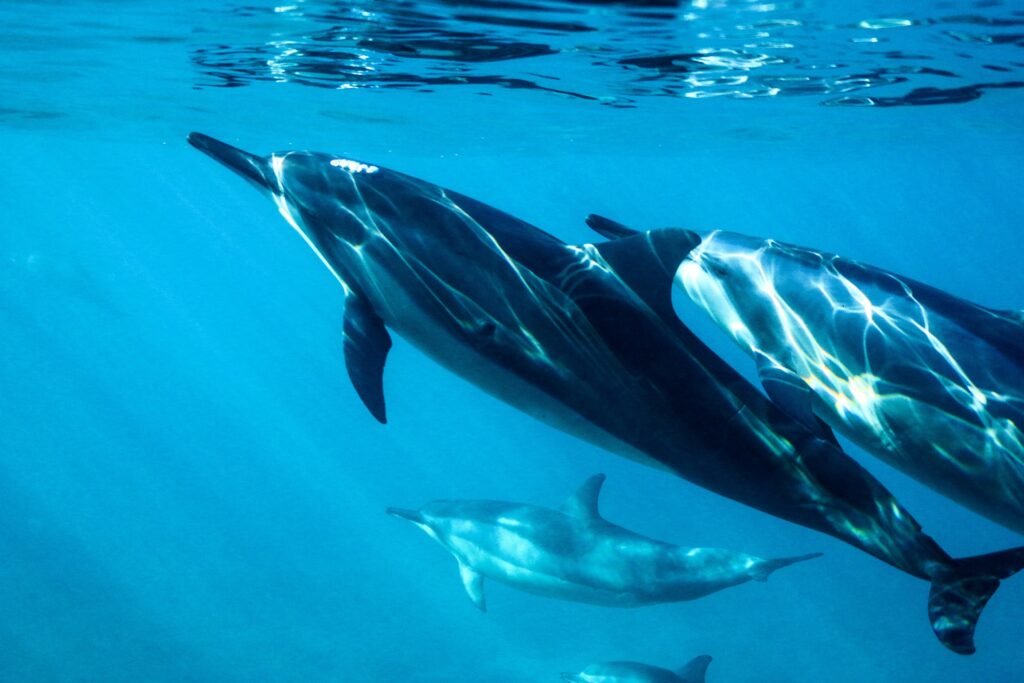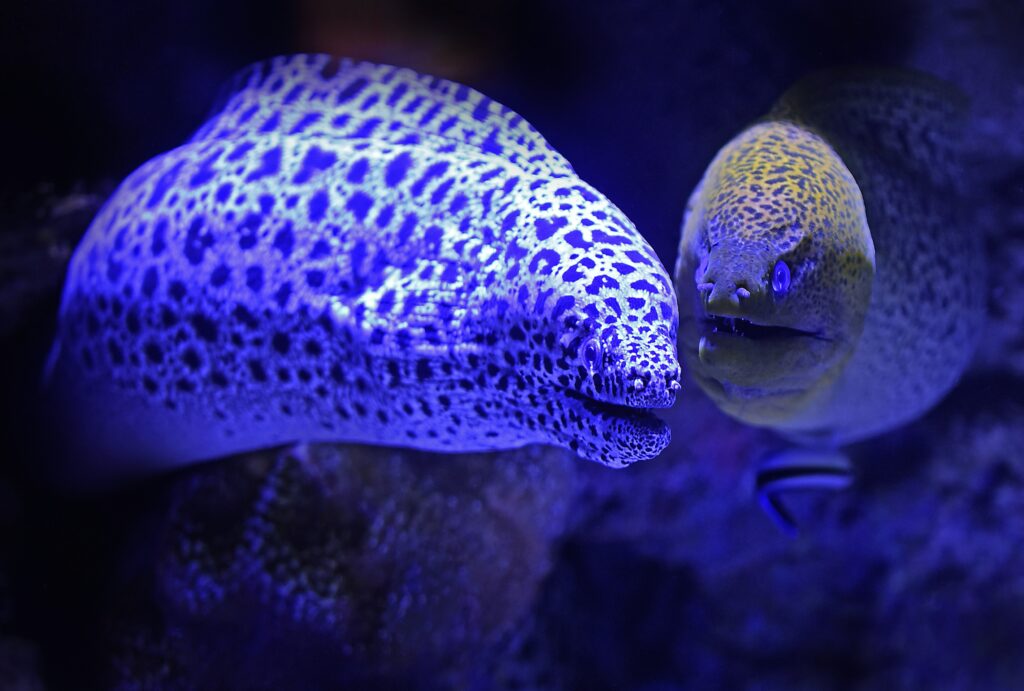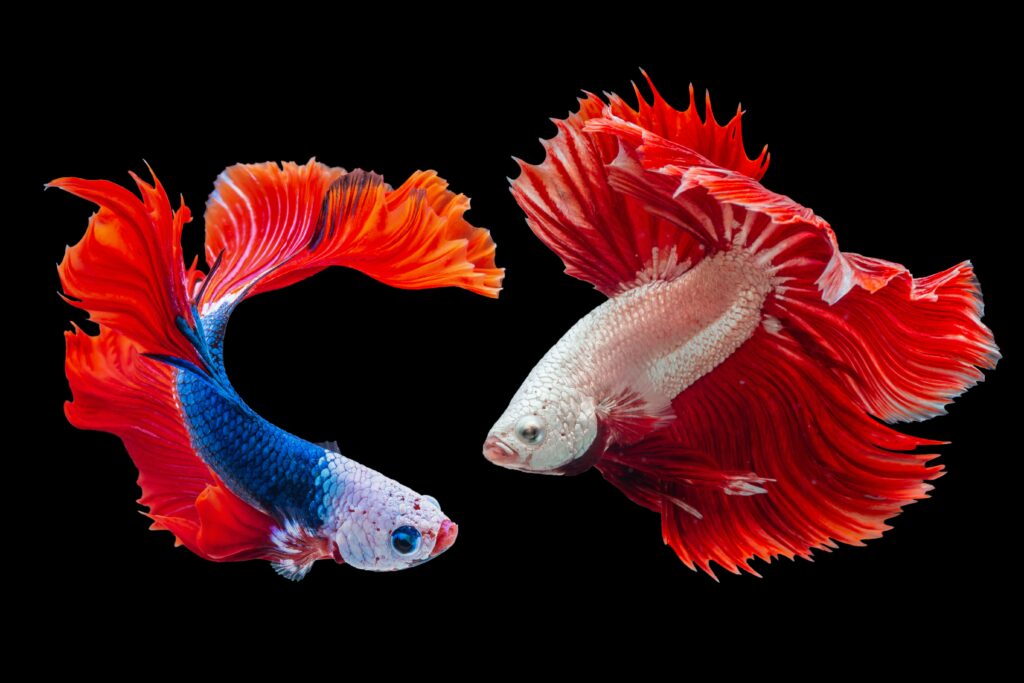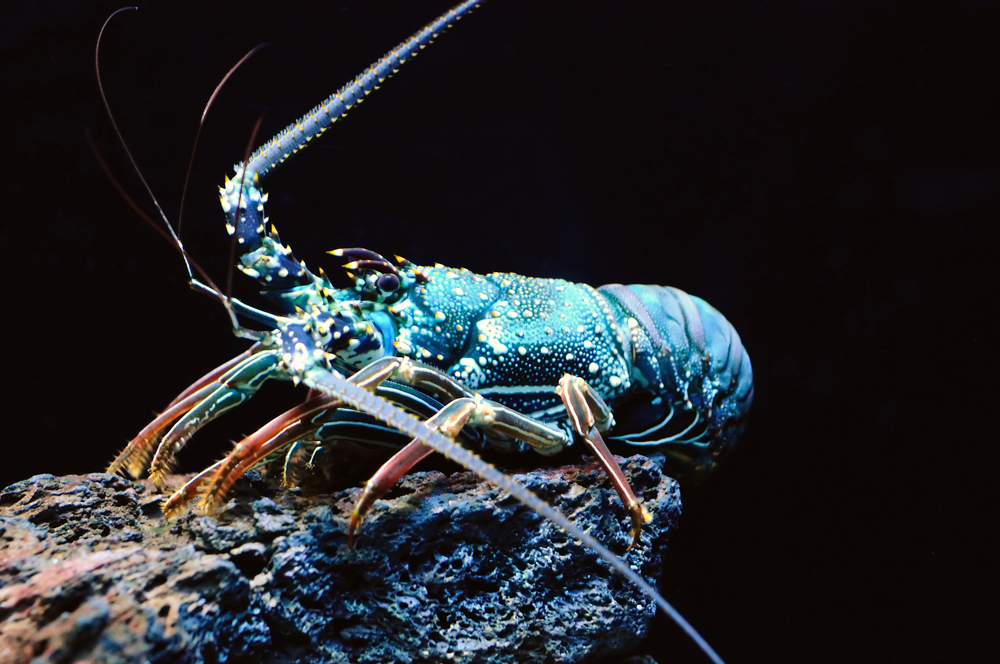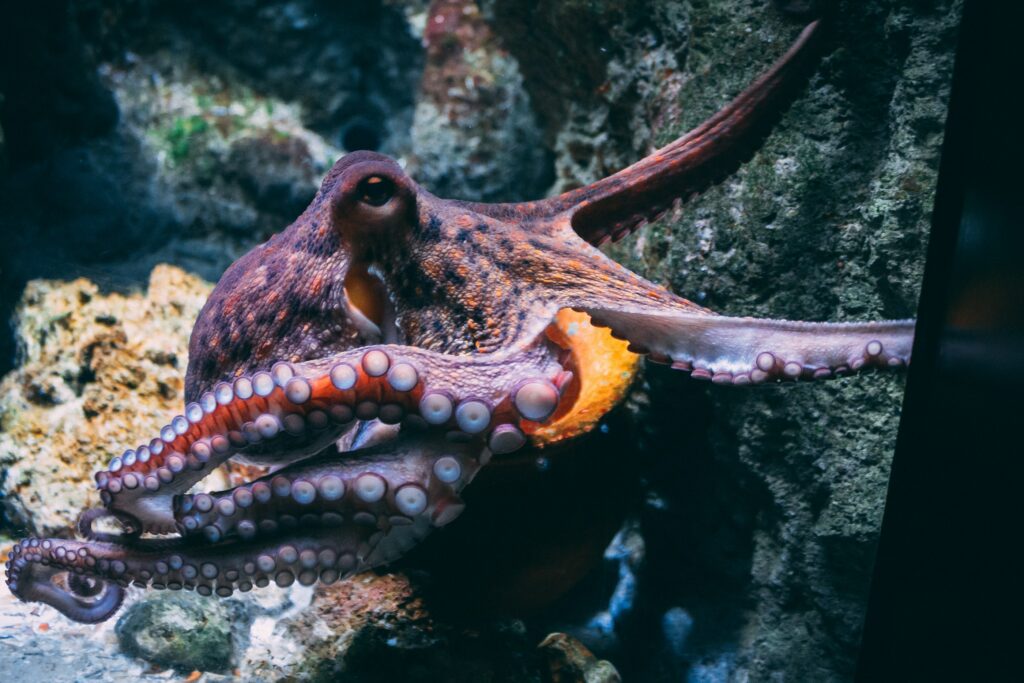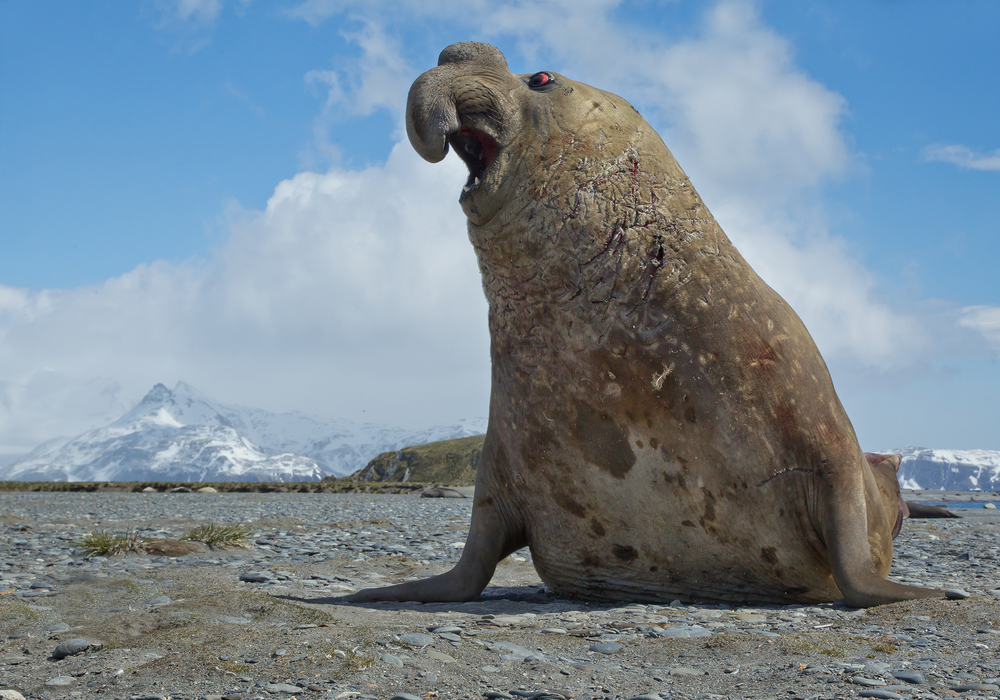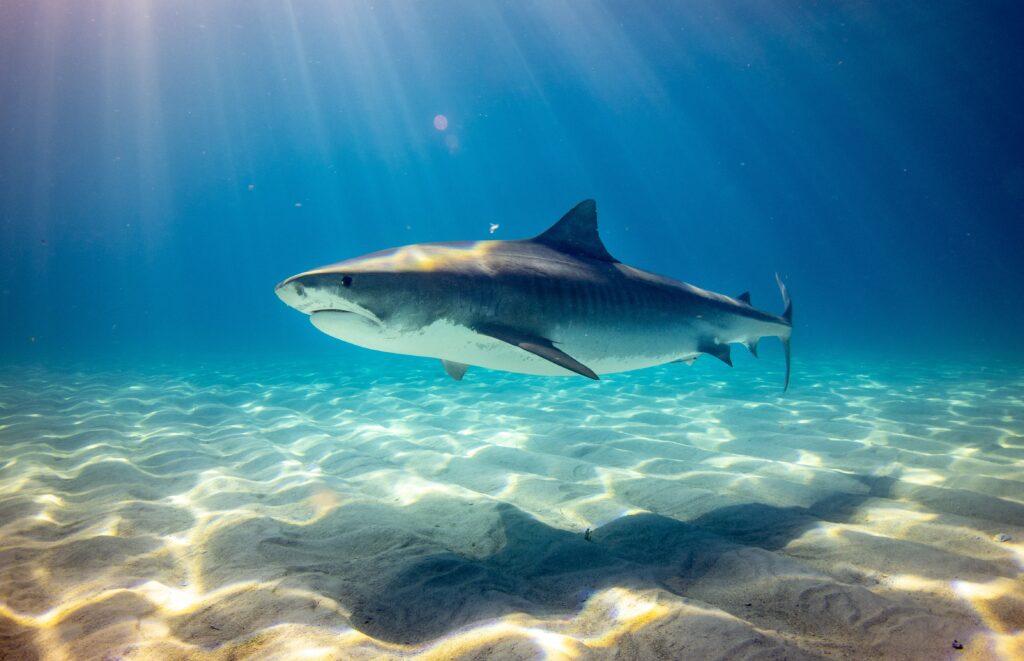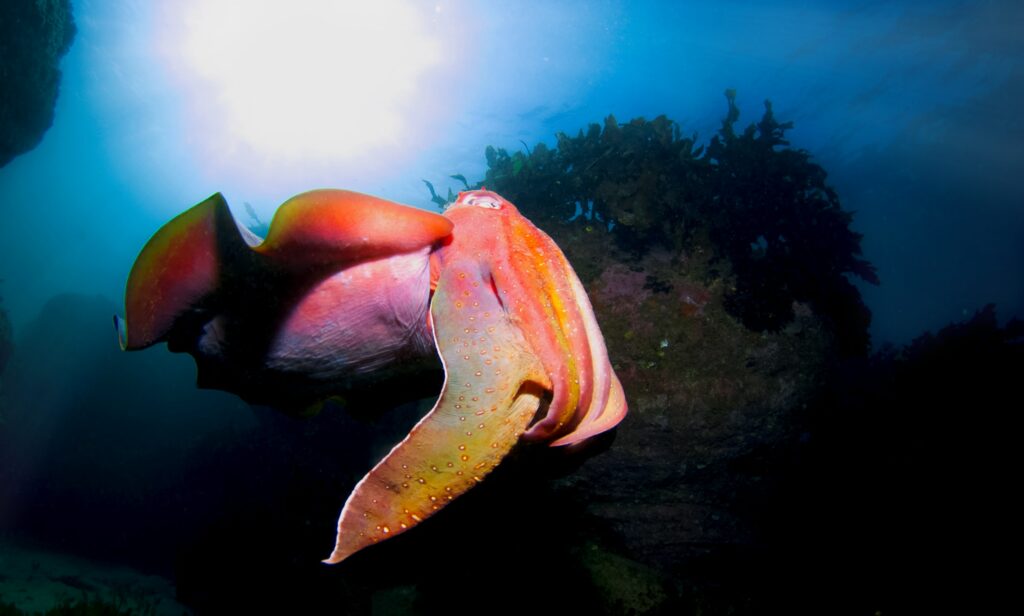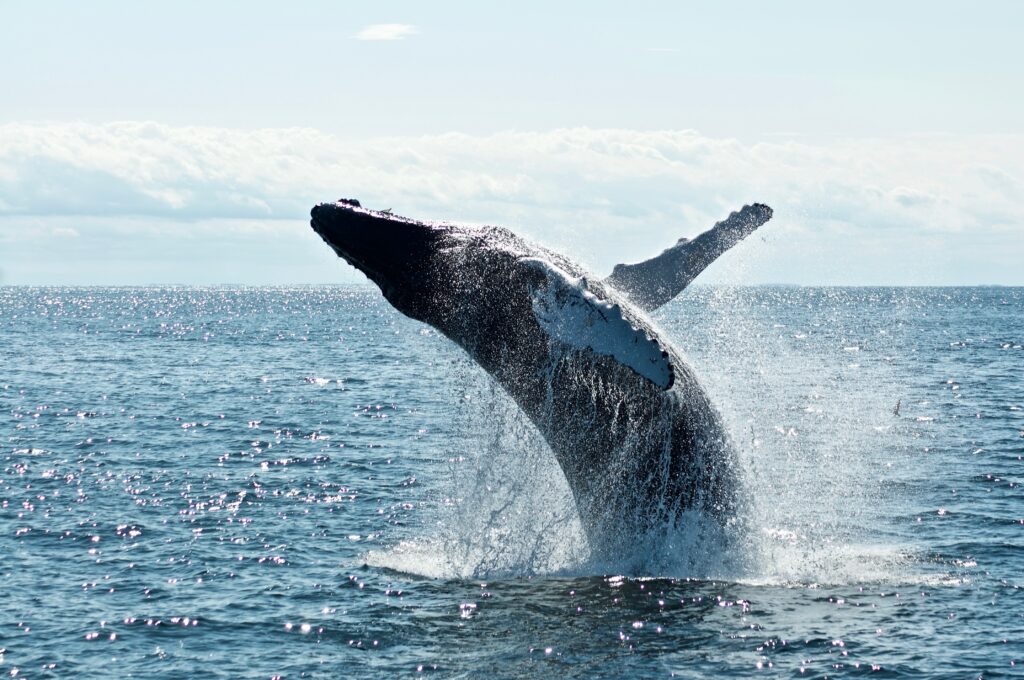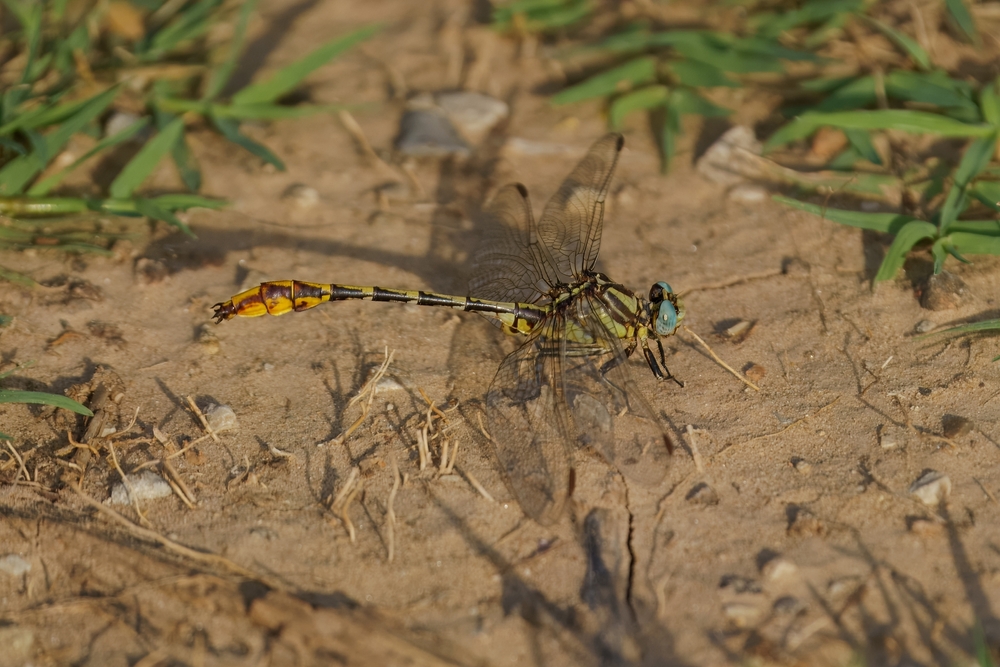Clubtail dragonflies belong to the family Gomphidae. Their closest relatives are other dragonflies in the order Odonata, especially members of the families Aeshnidae (darners) and Libellulidae (skimmers), though clubtails are set apart by their clubbed tails and widely spaced eyes.
About
The Clubtail Dragonfly is a distinctive group of dragonflies named for the noticeable swelling at the end of their abdomen, giving them a “clubbed” appearance. They belong to the family Gomphidae, which contains over 900 species distributed across North America, Europe, Asia, and other temperate to tropical regions. These insects are key members of freshwater ecosystems, serving as both predators and prey, and are admired for their aerial grace and striking forms.
Clubtails are medium- to large-sized dragonflies, generally ranging from 1.5 to 3 inches (4–7.5 cm) in length. They are often marked with bold black and yellow or green patterns that provide camouflage along riverbanks, lakes, and streams. Their clubbed tails are more pronounced in males and are thought to aid in courtship displays and species recognition.
Like other dragonflies, clubtails have large, multifaceted eyes, though unlike many dragonfly families, their eyes are widely separated on the head. They are strong, fast fliers, well adapted for catching prey mid-air. Adults primarily consume mosquitoes, flies, and other small insects, while their aquatic nymphs are voracious hunters of insect larvae, tadpoles, and even small fish.
Reproduction begins when males establish territories near water and clasp females in flight to form the characteristic dragonfly “wheel position.” Females then lay eggs in rivers or lakes, where larvae (naiads) spend several years developing before emerging as adults.
Ecologically, clubtail dragonflies are important indicators of clean, healthy waterways, as their larvae are sensitive to pollution. They also play a vital role in controlling insect populations and serving as food for birds, amphibians, and fish.
With their bold patterns, unique tail shape, and critical ecological role, clubtail dragonflies are both fascinating insects and symbols of healthy freshwater habitats.
Physical Characteristics
Clubtail dragonflies are striking insects, easily identified by the swollen tips of their abdomens and agile flight.
Body:
They have a slender yet sturdy body divided into head, thorax, and abdomen. The abdomen is long and cylindrical, widening at the end into a noticeable “club,” which gives them their name.
Coloration:
Most species are patterned in shades of yellow, green, and black, offering camouflage against vegetation and riverbanks. Some display subtle metallic or earthy tones.
Head and Eyes:
They have large, widely separated compound eyes, unlike many other dragonflies whose eyes touch. This wide spacing aids in hunting and gives them a distinctive look.
Mouthparts:
Like all dragonflies, they have strong, toothed mandibles for seizing and chewing prey.
Wings:
Clubtail dragonflies possess two pairs of long, transparent wings with intricate venation. Their wings are held flat and outstretched at rest, allowing quick takeoff.
Size:
Most species measure 2–3 in (5–7.5 cm) in length, with wingspans of 3–4 in (7.5–10 cm).
Weight:
They are lightweight insects, typically under 1 g.
The clubtail dragonfly’s yellow-and-black markings, widely separated eyes, and distinctive club-shaped abdomen make it one of the most recognizable dragonflies in North America and Europe.
Reproduction
Clubtail dragonflies follow the classic dragonfly reproductive cycle, marked by aquatic development and aerial courtship.
Mating and Courtship:
Males establish territories near rivers, streams, or lakes, perching low to the ground or on rocks. Courtship often involves aerial chases, with males grasping females behind the head using specialized claspers. Together, they form the characteristic “mating wheel” of dragonflies.
Egg Laying (Oviposition):
After mating, females deposit eggs in water or on submerged vegetation. Some species release eggs while in flight over the water, while others dip their abdomens repeatedly into the surface.
Eggs and Development:
Eggs hatch into aquatic larvae, called naiads, within a few weeks. Naiads are predatory, feeding on small aquatic invertebrates, tadpoles, and even tiny fish.
Larval Stage:
The larval stage can last 1–4 years depending on species and environmental conditions. Naiads live in muddy or sandy substrates of rivers and streams, where they ambush prey.
Emergence and Adult Stage:
When mature, naiads crawl out of the water onto rocks or vegetation, where they molt into winged adults. The adult stage typically lasts only a few weeks to months, focused on reproduction.
The clubtail dragonfly’s reproduction, with long aquatic larval stages and short-lived but vibrant adults, highlights the dramatic life cycle transformations of dragonflies.
Lifespan
Clubtail dragonflies, like other dragonflies, have distinct aquatic and terrestrial life stages, with most of their lifespan spent as larvae.
Lifespan in the Wild:
As aquatic larvae (naiads), clubtails typically live 1–4 years depending on the species and environmental conditions. During this stage, they are active predators in rivers and streams. The adult (winged) stage is much shorter, lasting only a few weeks to a few months, primarily focused on mating and reproduction.
Lifespan in Captivity:
Clubtail dragonflies are rarely kept in captivity due to their specialized aquatic larval stage and short adult life, but in controlled conditions they follow the same pattern: years as larvae, weeks as adults.
Threats to Longevity:
Water pollution, habitat loss, and predation (both in larval and adult stages) significantly affect survival. Adults are especially vulnerable to birds, spiders, and larger insects.
The clubtail dragonfly’s lifespan is dominated by its long larval stage, with the brief adult life serving mainly for dispersal and reproduction.
Eating Habits
Clubtail dragonflies are skilled predators, feeding on a variety of prey throughout their aquatic and aerial life stages.
Diet (Larvae/Naiads):
As aquatic larvae, they feed on insect larvae, small crustaceans, worms, tadpoles, and even tiny fish. Using extendable mouthparts, they ambush and snatch prey with lightning speed.
Diet (Adults):
Adult clubtails are aerial hunters, preying on mosquitoes, flies, moths, and other small flying insects. They capture prey midair using spiny legs that form a “basket” to trap food.
Feeding Behavior:
Clubtails are visual predators, relying on their large, widely separated eyes to detect movement. Larvae lie in wait in sandy or muddy streambeds, while adults patrol riversides and open spaces for prey.
Role in the Ecosystem:
By consuming large numbers of mosquitoes and aquatic larvae, clubtail dragonflies help control insect populations. In turn, they serve as prey for birds, fish, and amphibians.
The clubtail dragonfly’s dual feeding strategy—ambush predator as a larva and agile aerial hunter as an adult—makes it a key predator in both aquatic and terrestrial ecosystems.
Uniqueness
Clubtail dragonflies stand out among dragonflies for their appearance, life cycle, and ecological role.
Distinctive Body Shape:
They are easily recognized by the swollen tip of the abdomen, or “club,” which distinguishes them from other dragonfly families.
Widely Separated Eyes:
Unlike many dragonflies with eyes that meet at the top of the head, clubtails have eyes that are widely spaced apart, giving them a unique facial appearance.
Aquatic Hunters:
As larvae, they live buried in sandy or muddy streambeds, ambushing prey with extendable jaws—a behavior different from many other dragonflies.
Short Adult Stage:
Most of their lives are spent as aquatic larvae, while the adult stage is brief, lasting only weeks to months, focused on reproduction and dispersal.
Indicator Species:
Because they require clean, well-oxygenated streams and rivers, clubtail dragonflies are excellent indicators of freshwater ecosystem health.
The clubtail dragonfly’s club-shaped abdomen, unusual eye placement, and role as both predator and ecosystem indicator make it one of the most distinctive dragonflies in the insect world.
Be the First to Share Photos of This Species.
FAQ’s
1. What species is closest to the clubtail dragonfly?
2. How does the clubtail dragonfly compare to other species in the same family?
Compared to other Gomphidae, clubtails share the swollen tail tip but differ in size, coloration, and habitat preference. Some species are slender and small, while others are larger with bold yellow-and-black markings.
3. What national parks provide the best opportunities to see a clubtail dragonfly?
Clubtail dragonflies are often found in clean rivers and streams in protected areas such as Great Smoky Mountains National Park (USA), Yellowstone National Park (USA), and Plitvice Lakes National Park (Croatia).
4. In what parts of the world can you find clubtail dragonflies?
They are distributed worldwide, with the greatest diversity in North America, Europe, and Asia. They inhabit rivers, streams, and lakes with sandy or muddy bottoms.
5. How many types of clubtail dragonflies are there?
There are over 900 recognized species of clubtail dragonflies (family Gomphidae), making them one of the most diverse dragonfly families globally.
